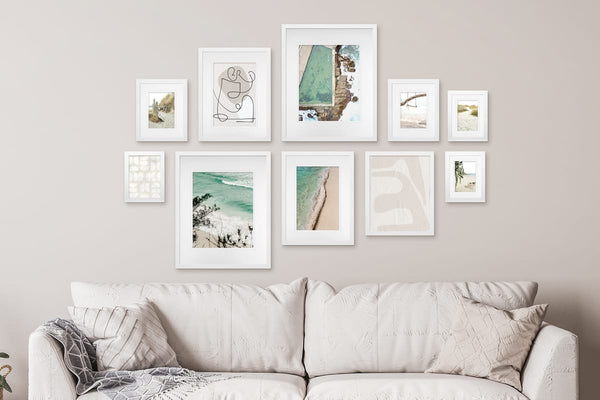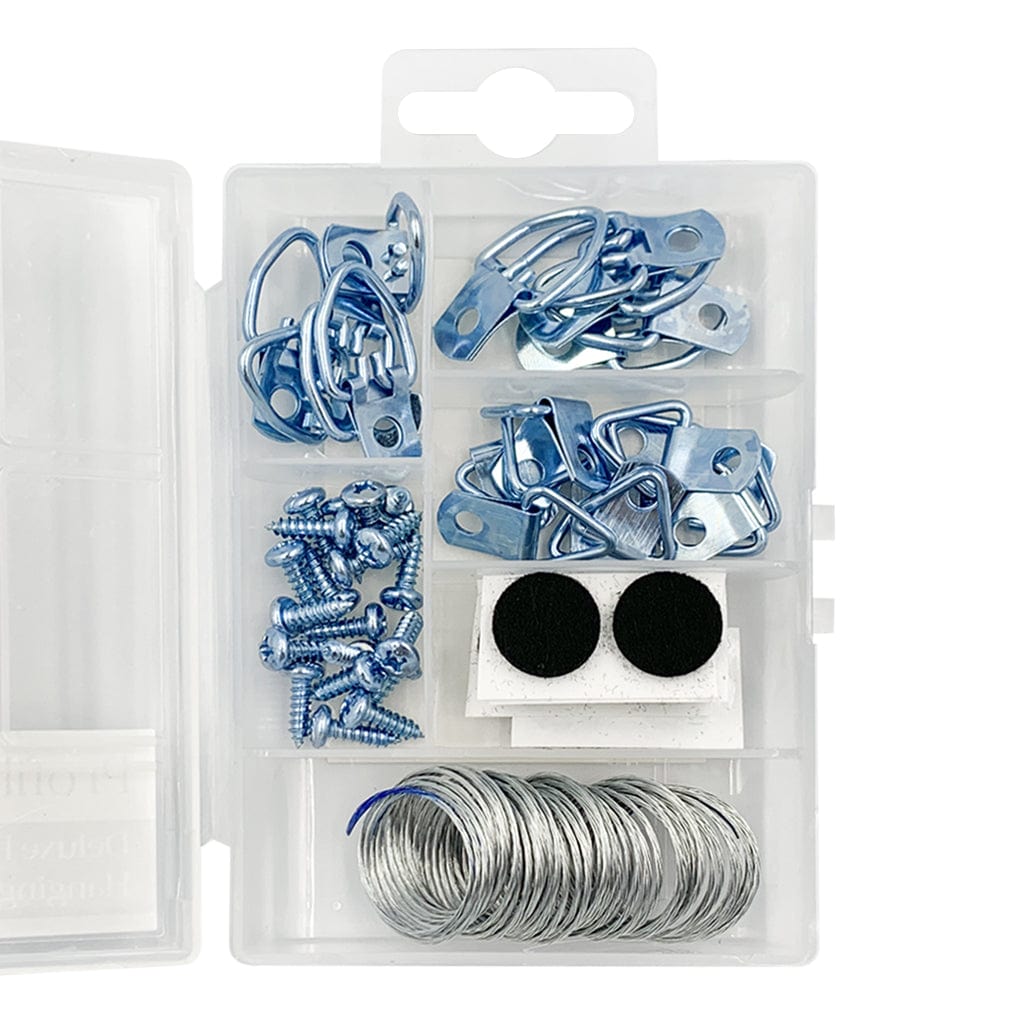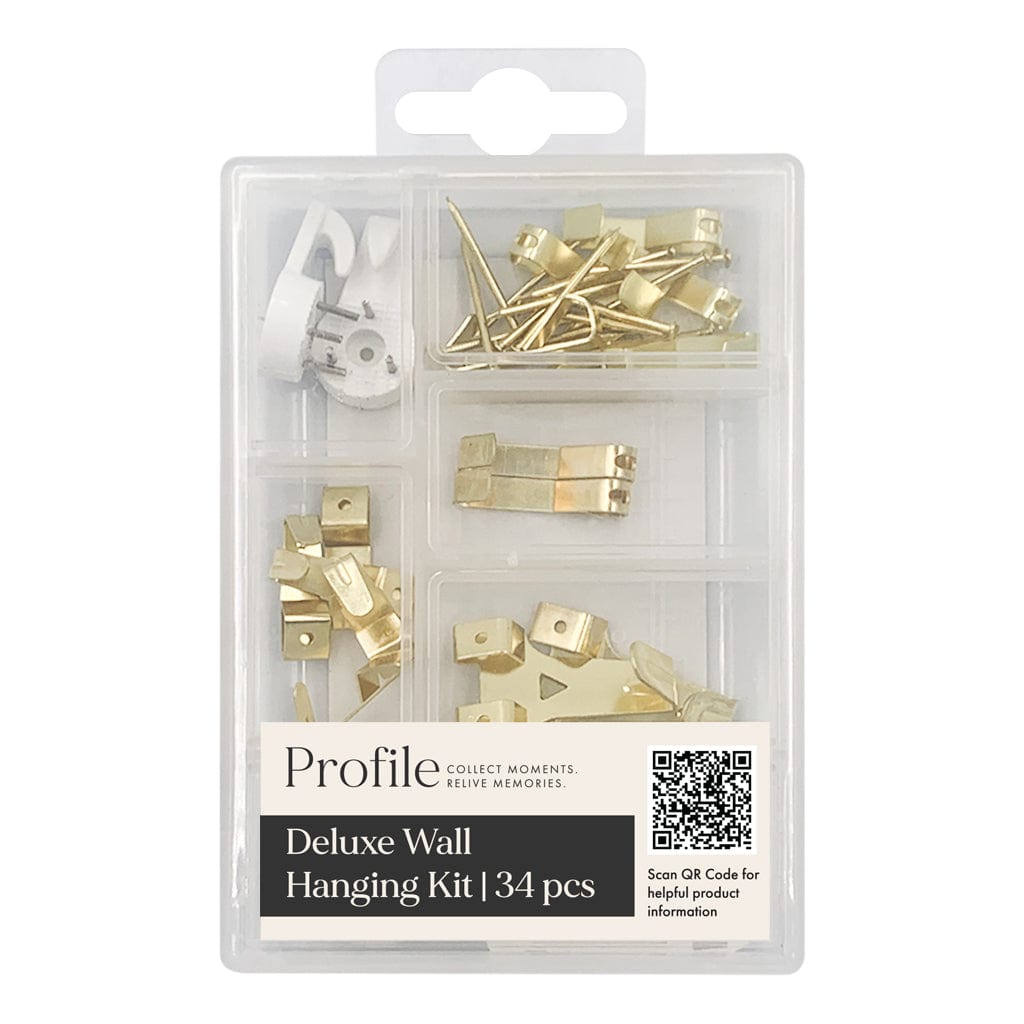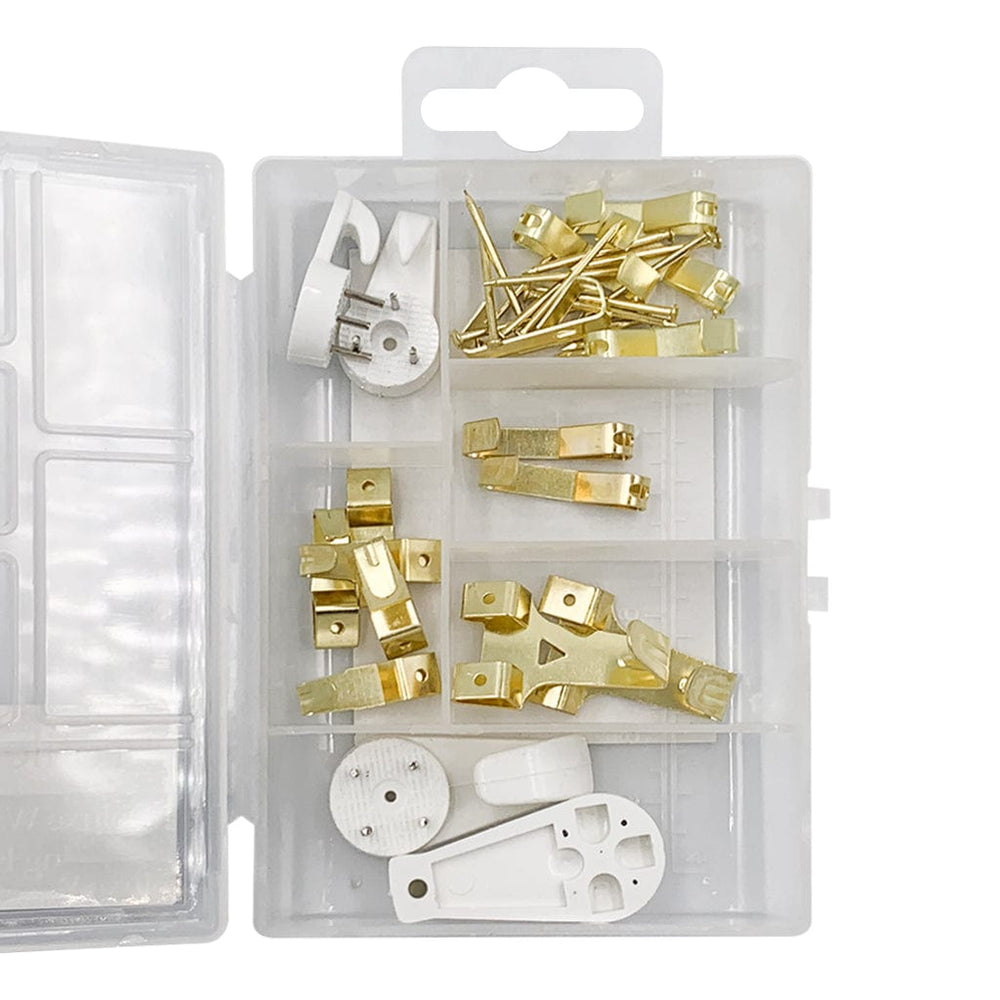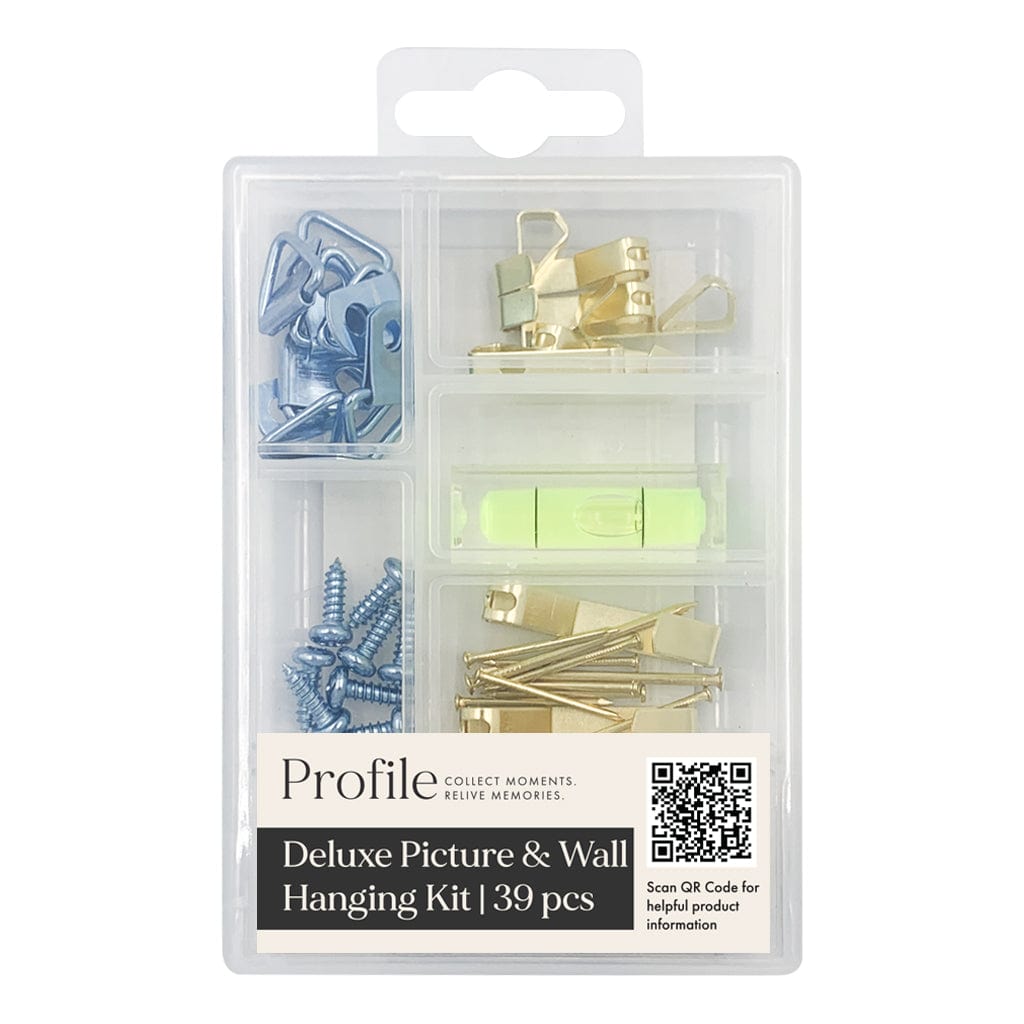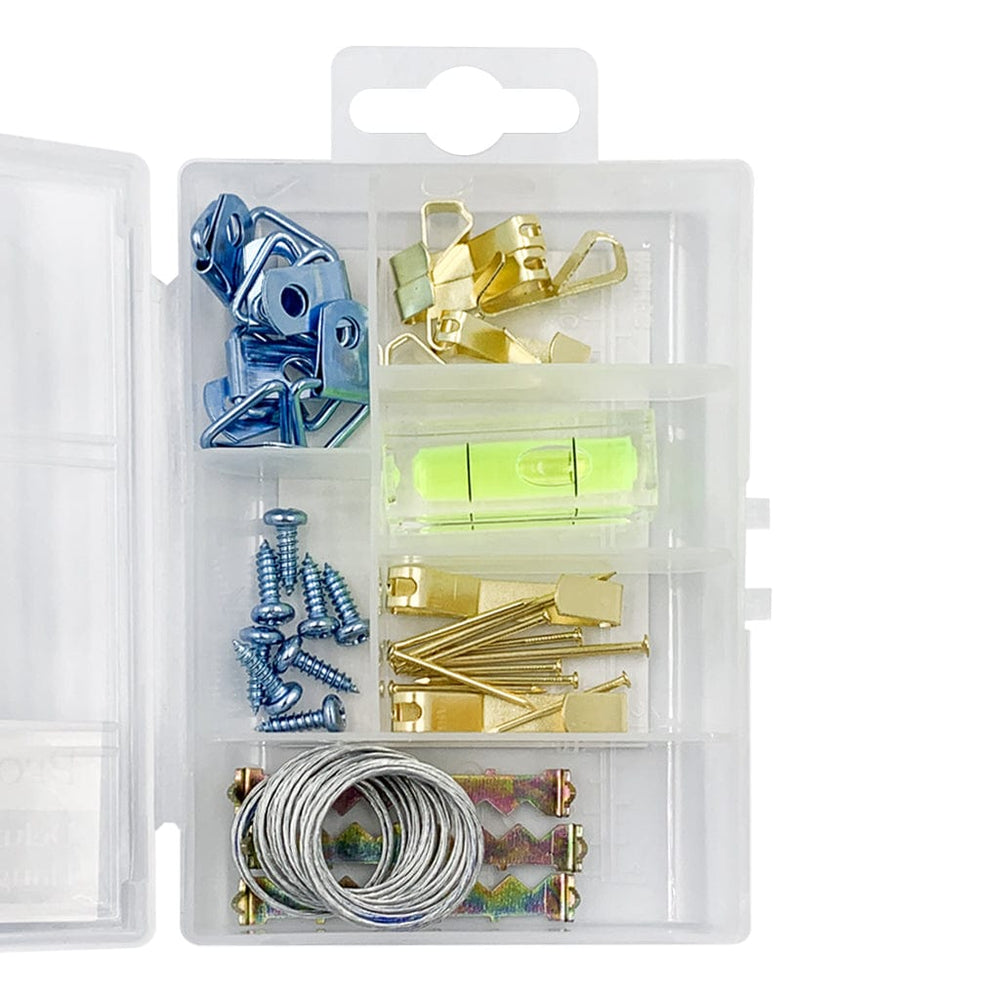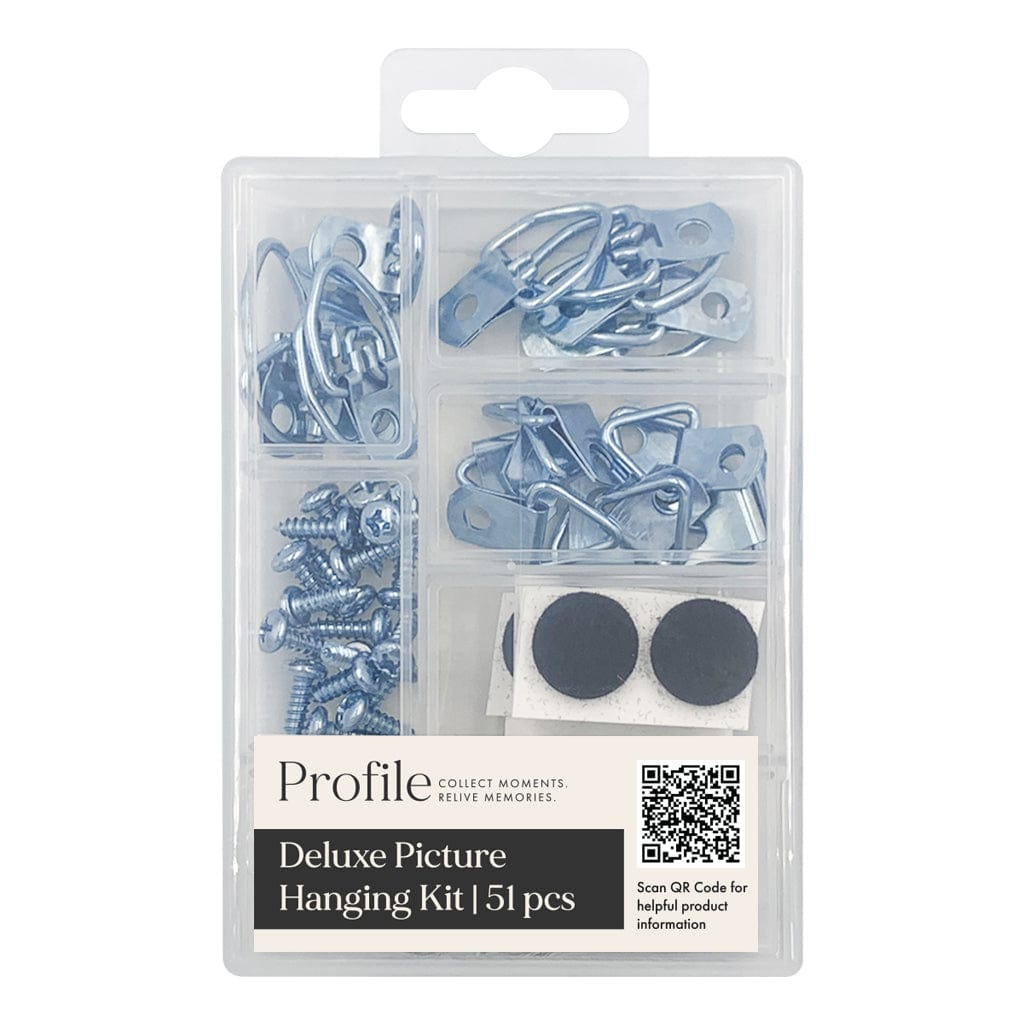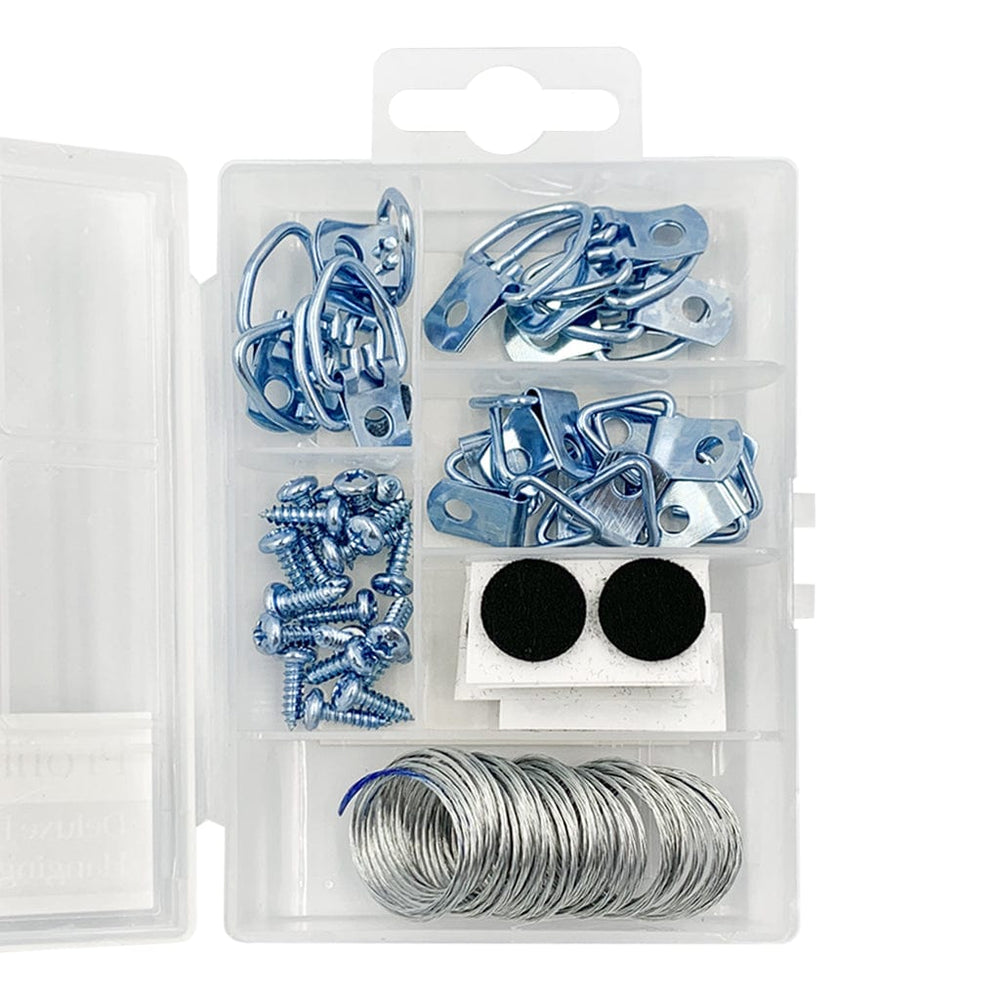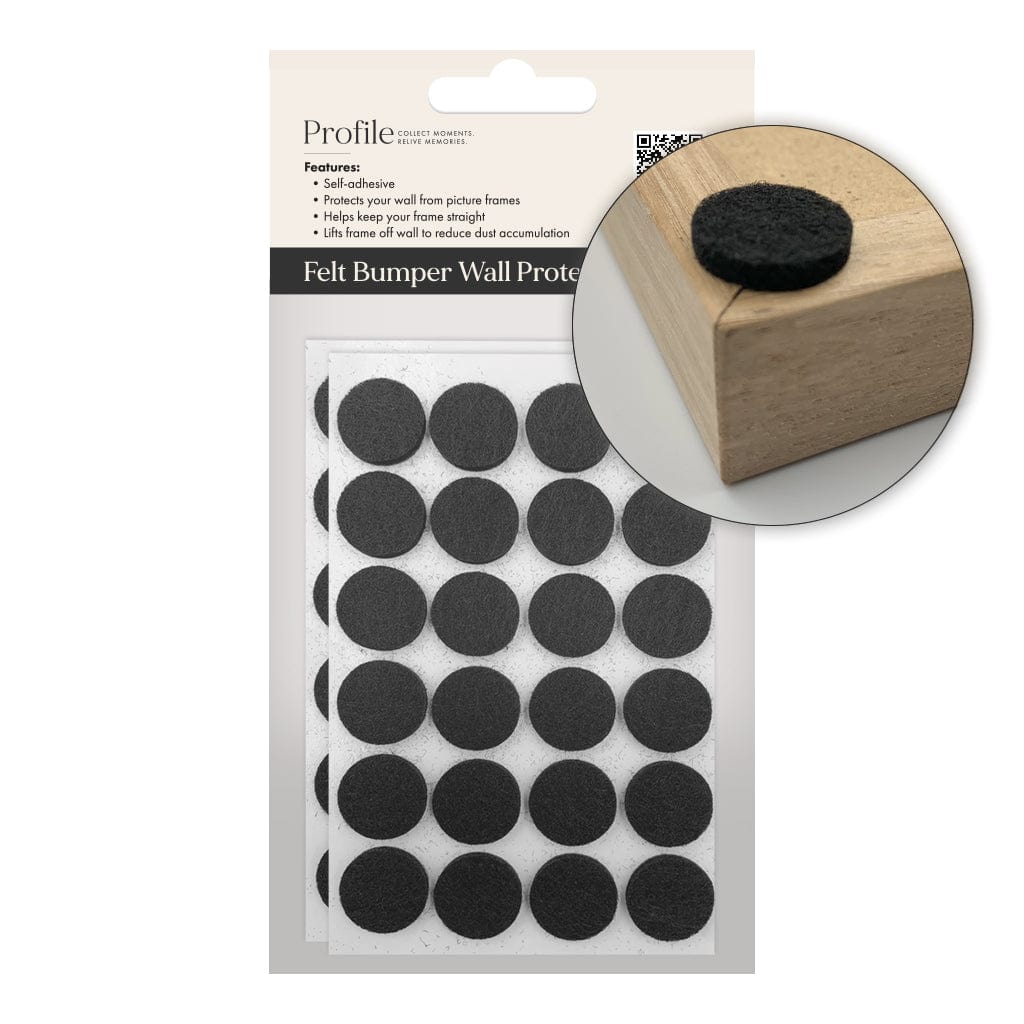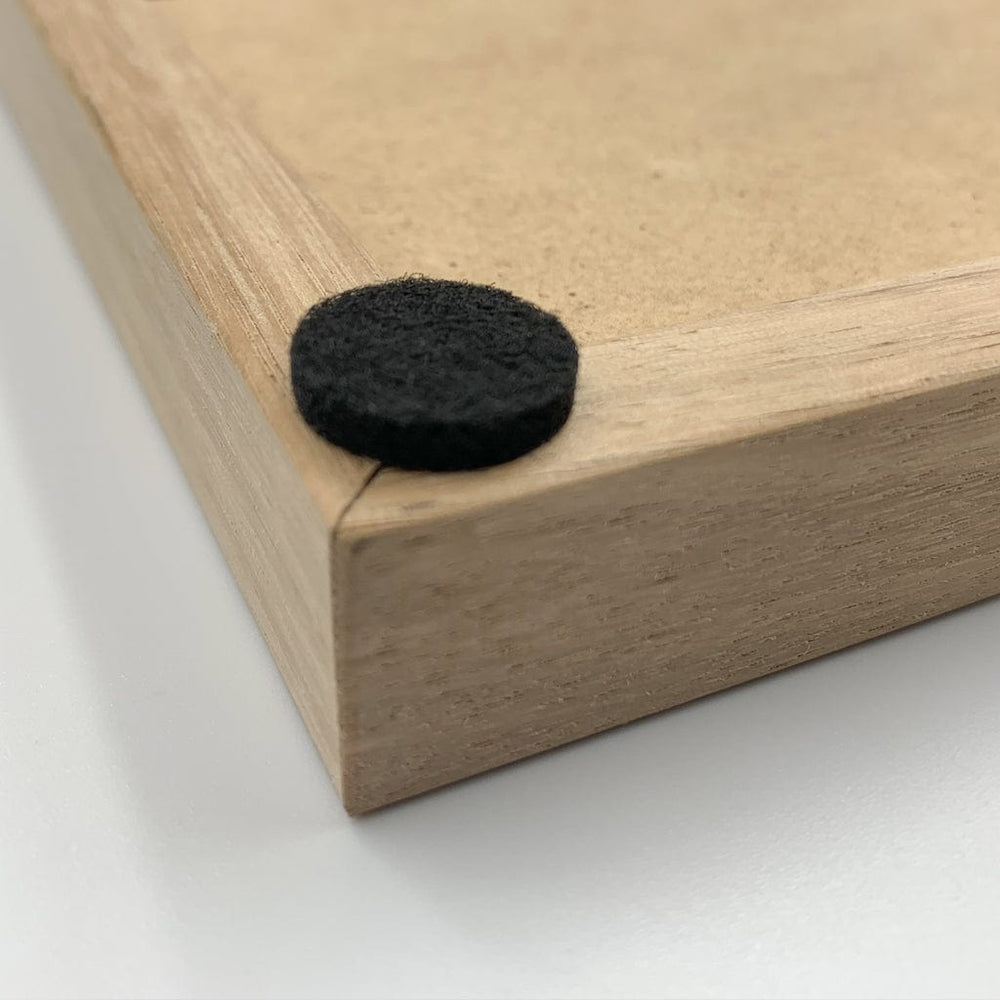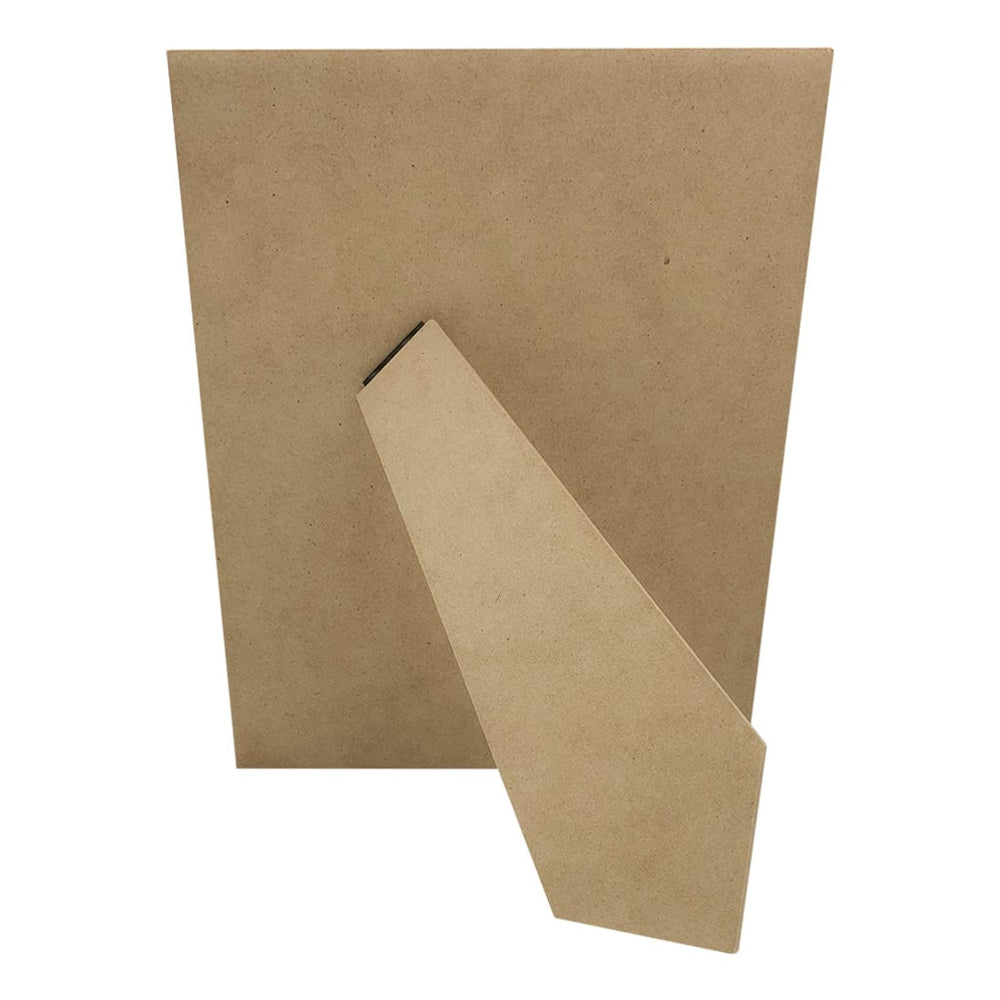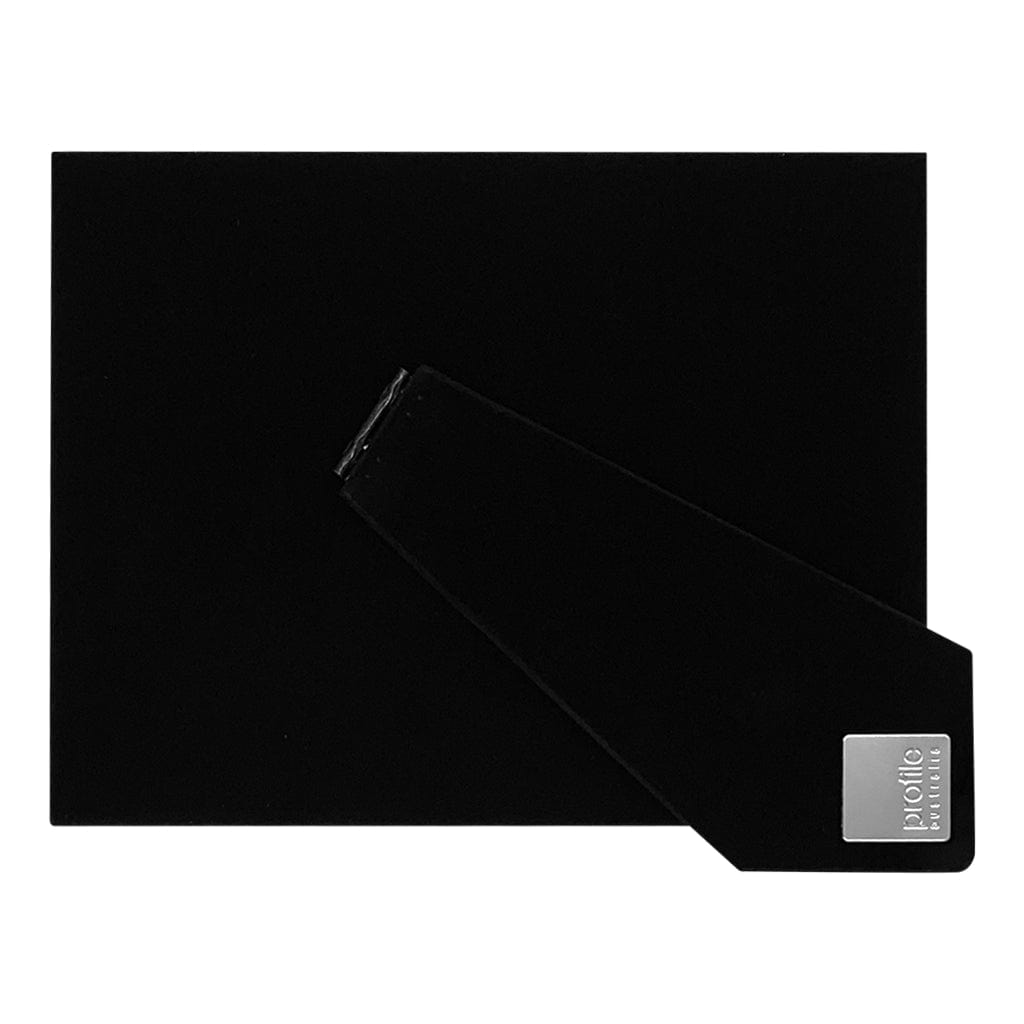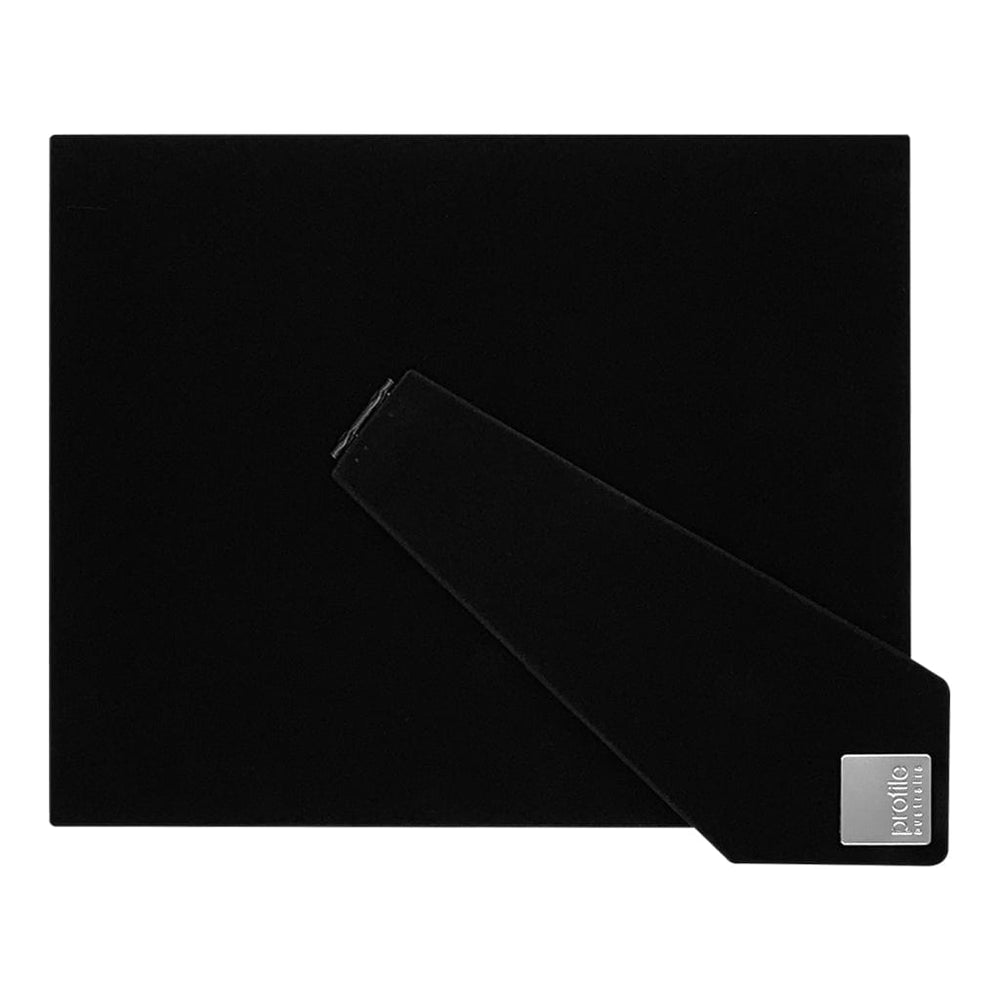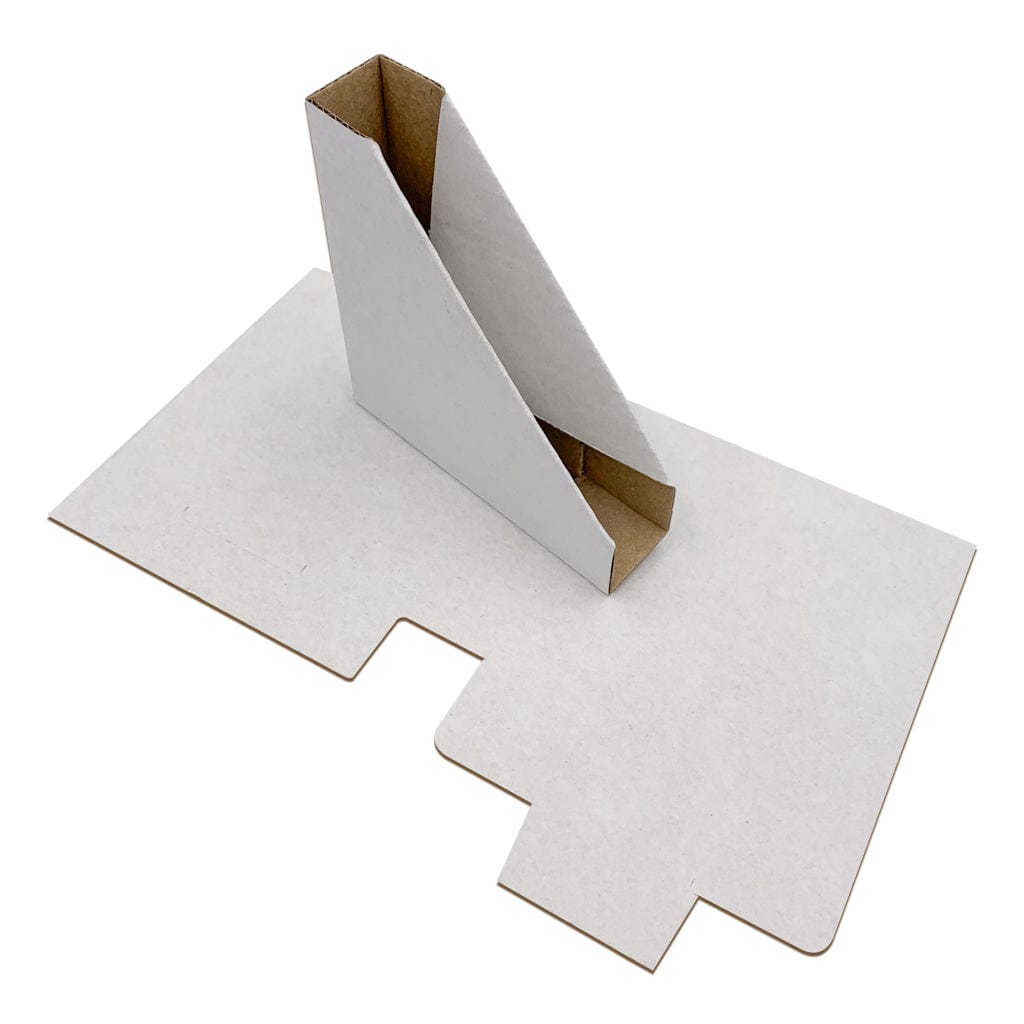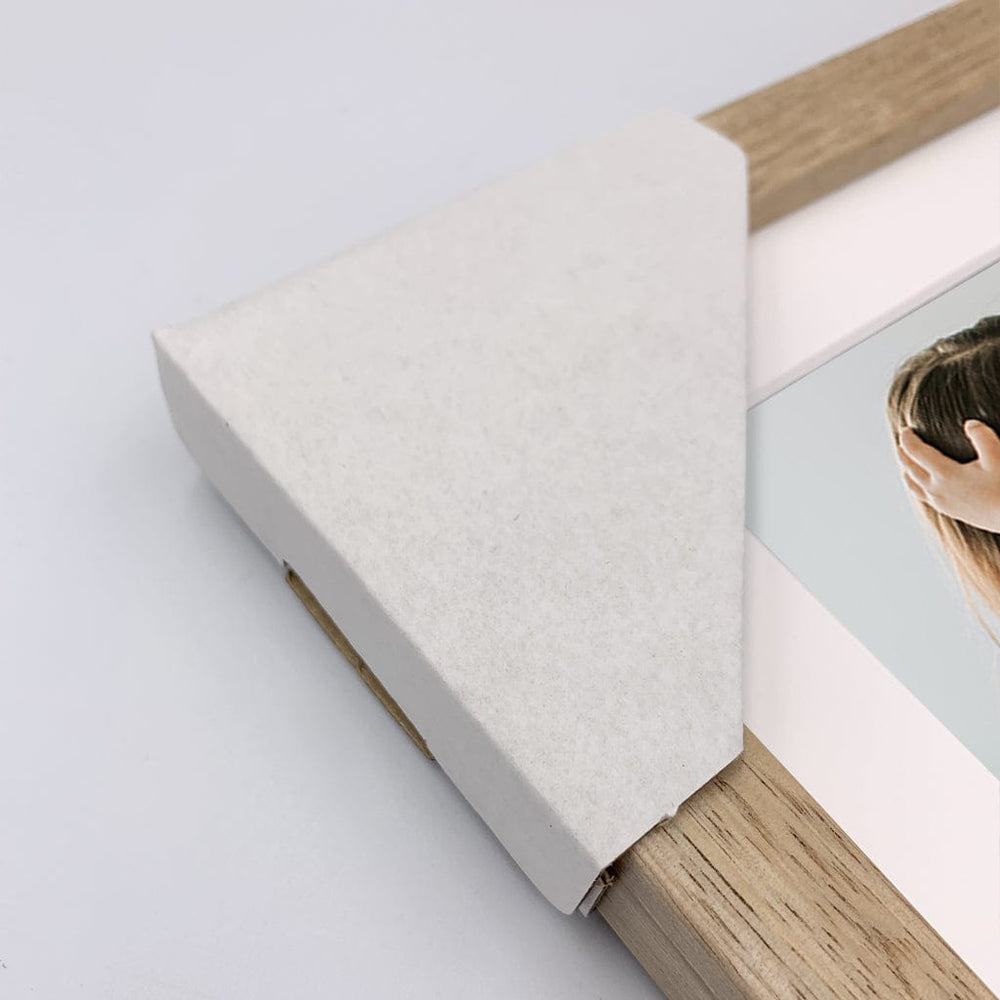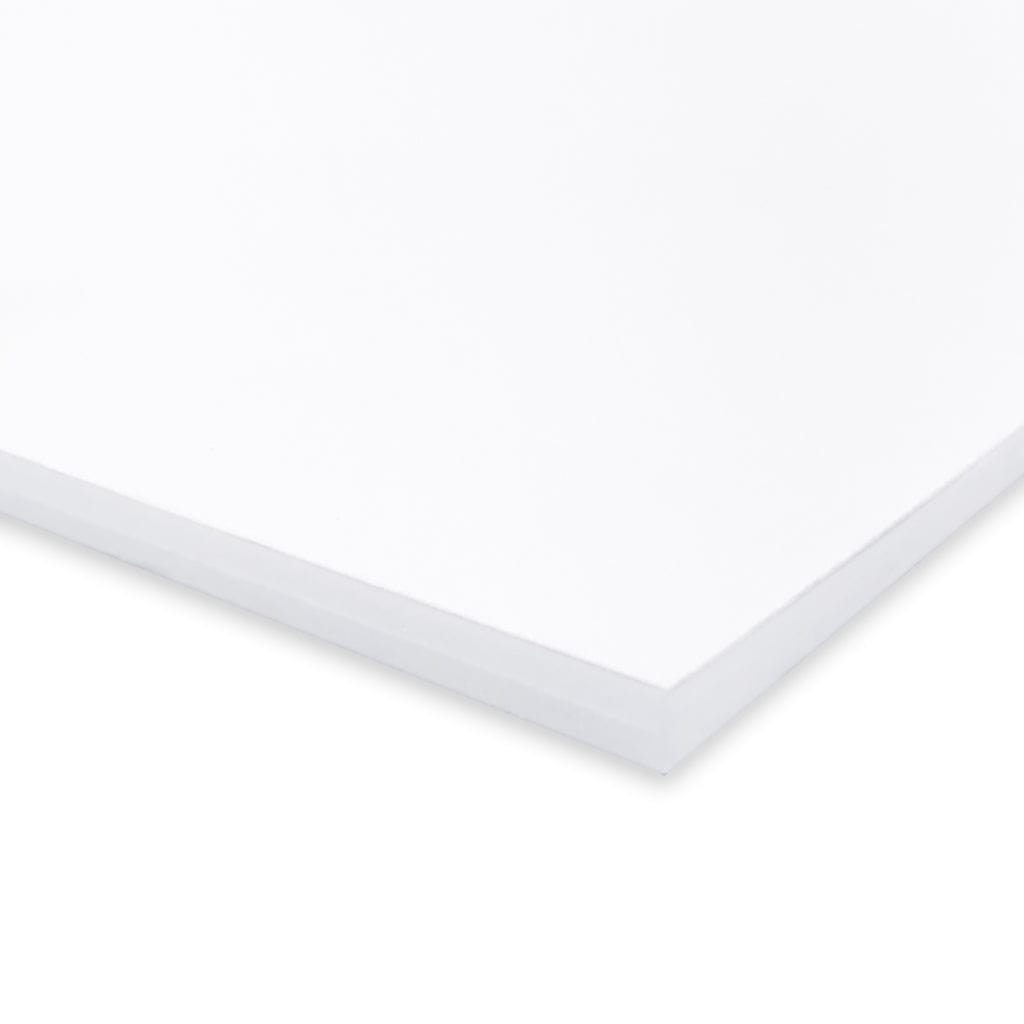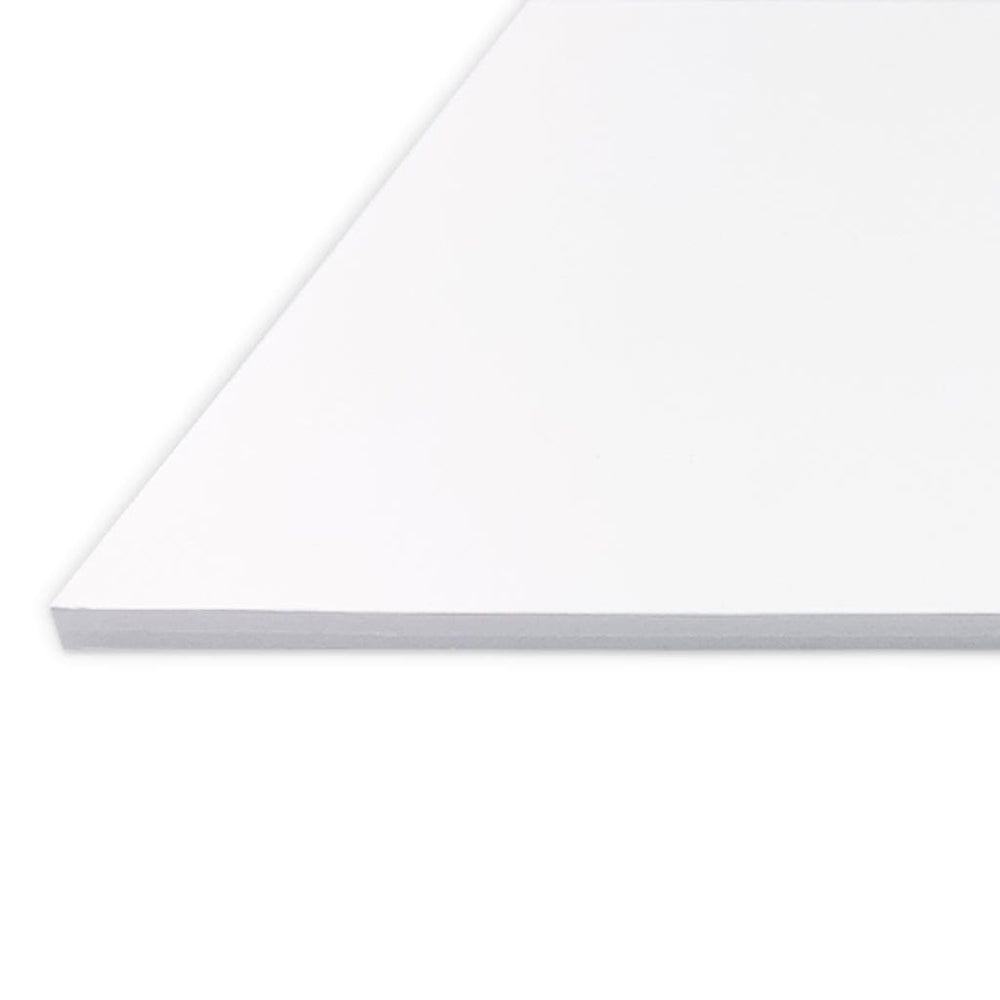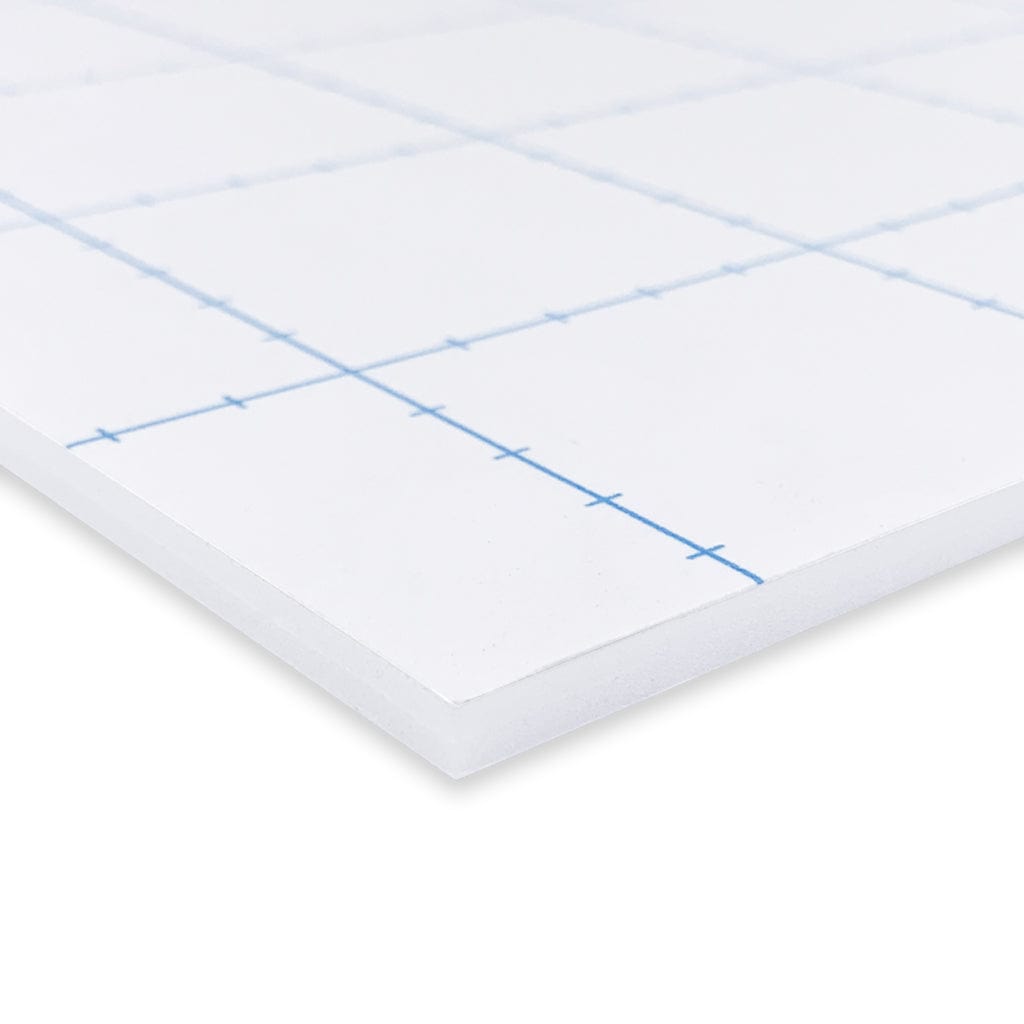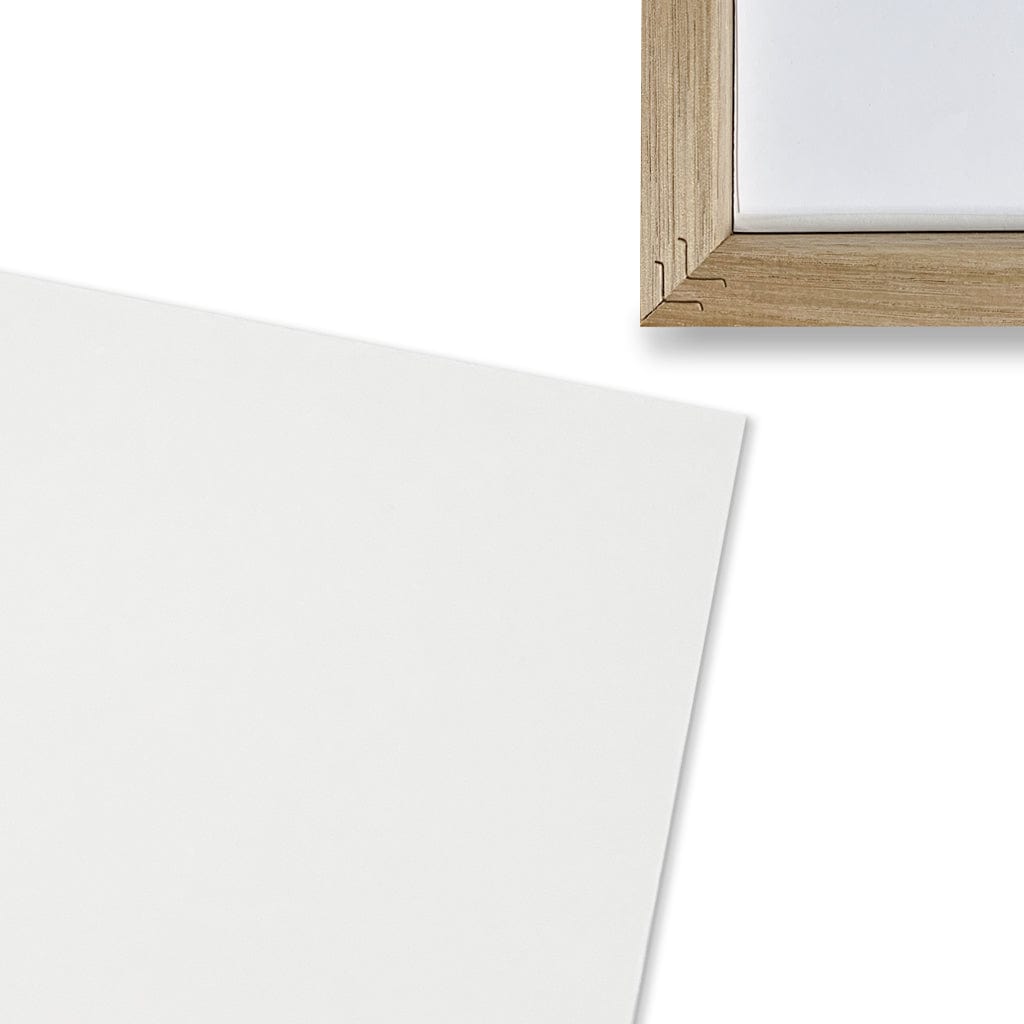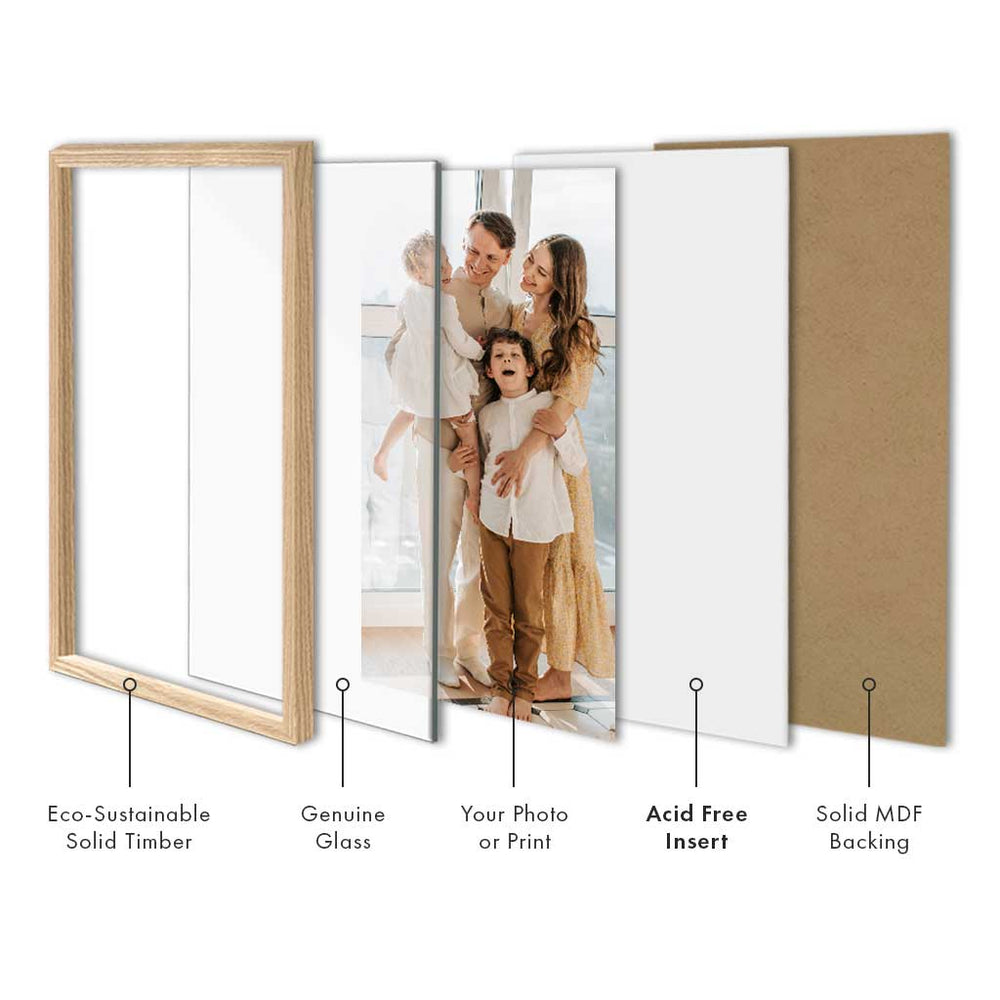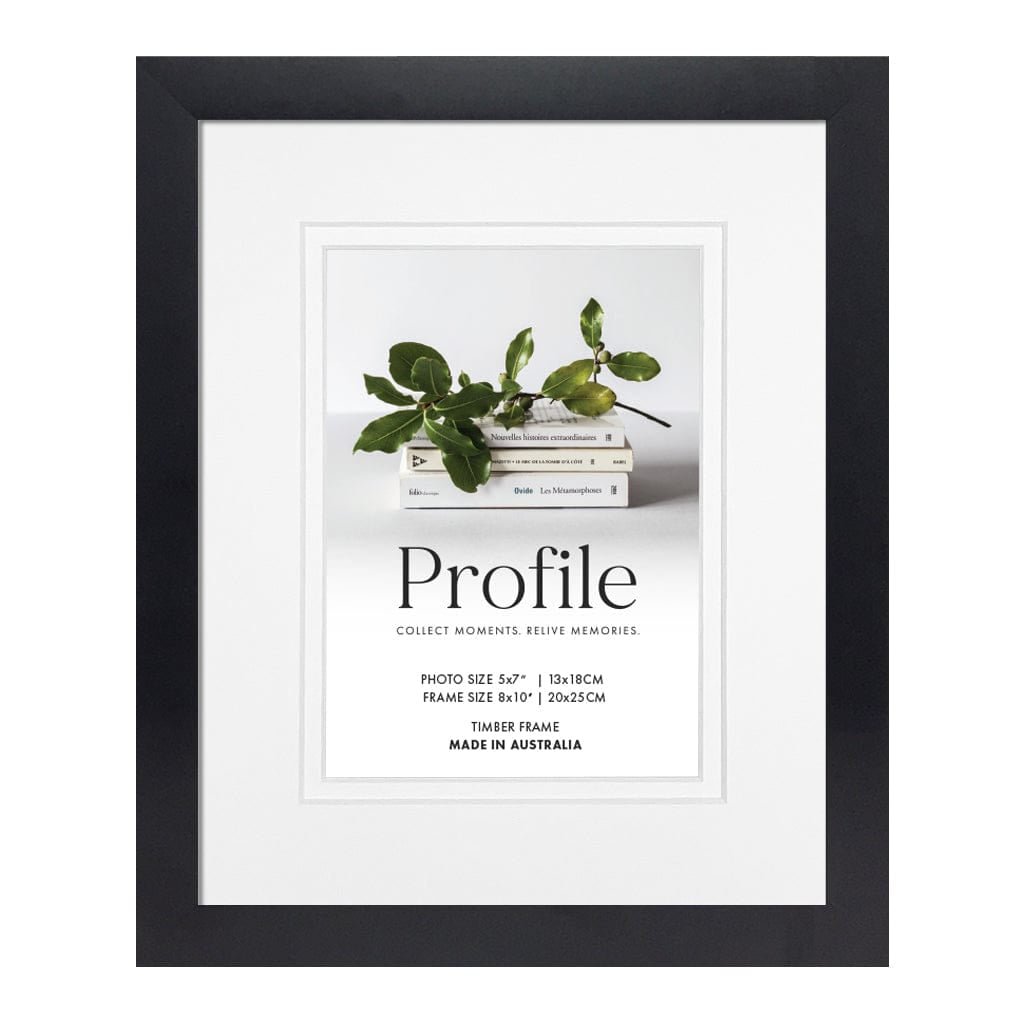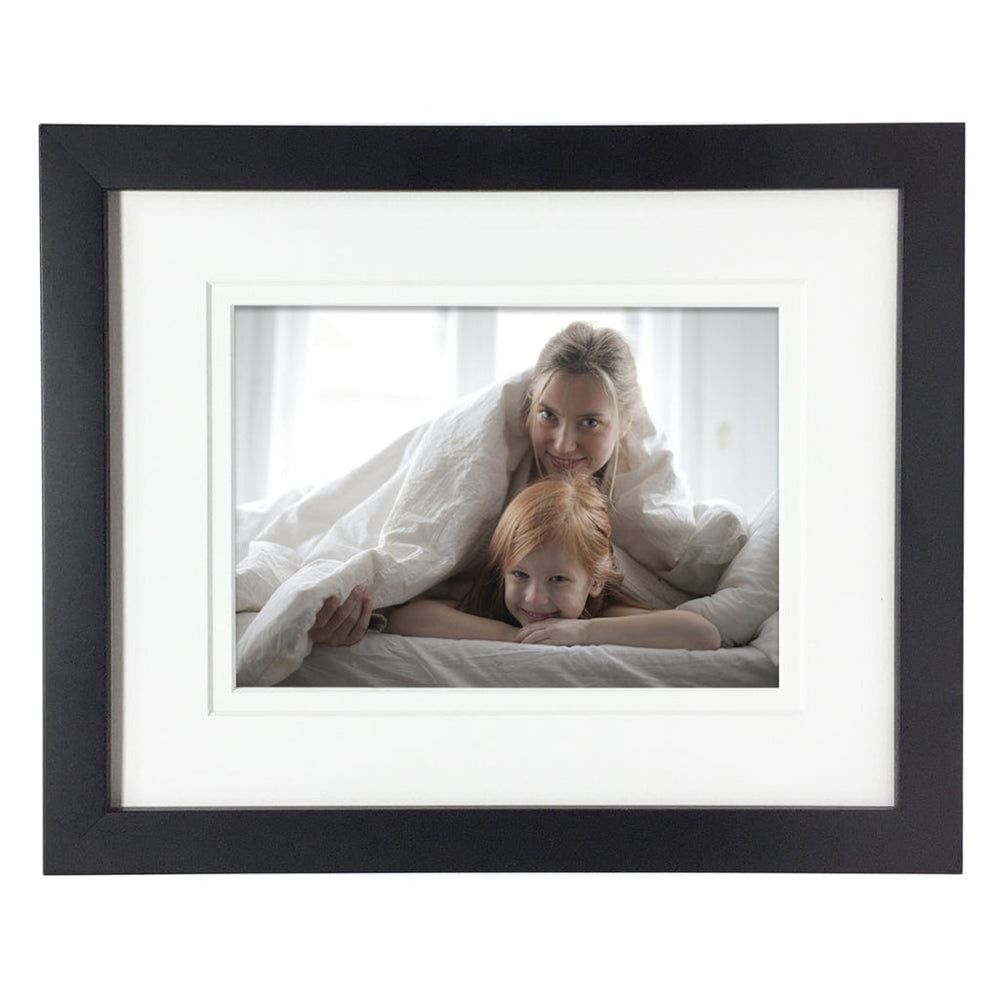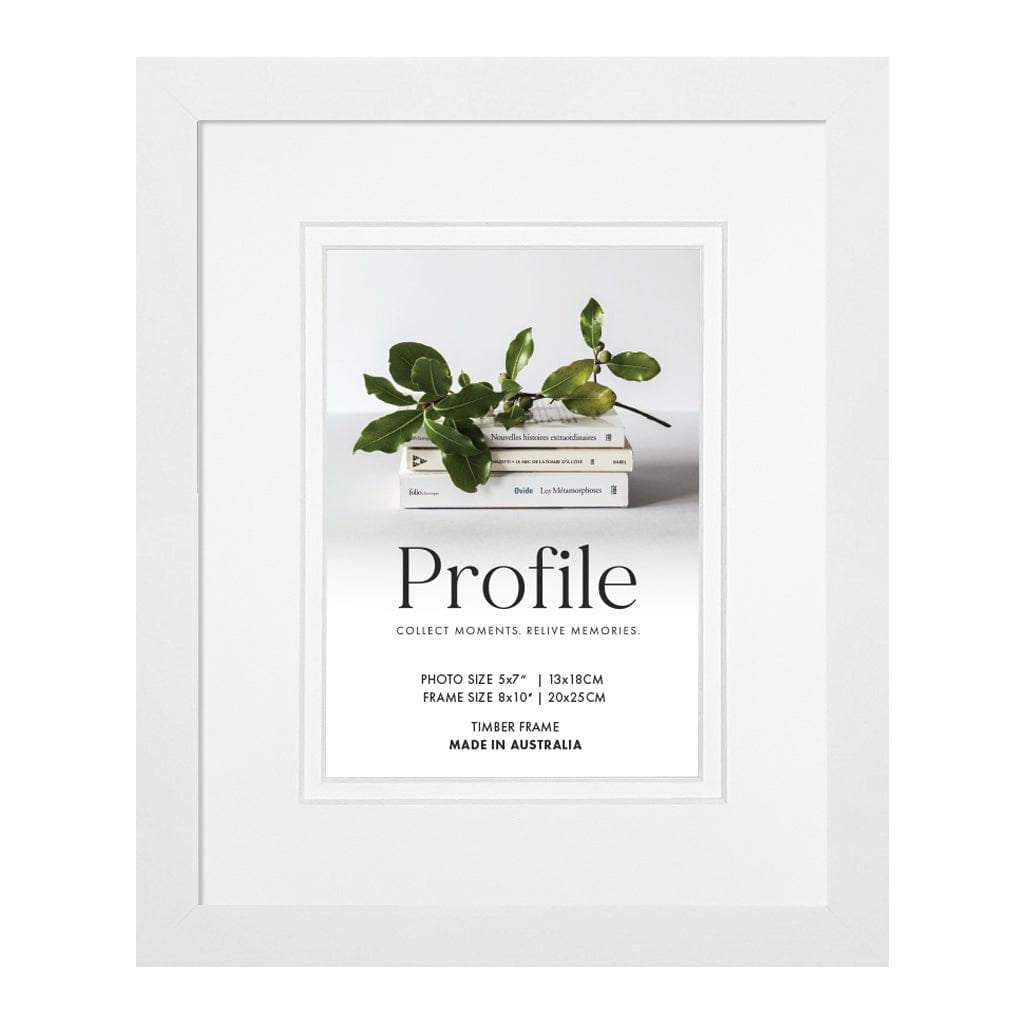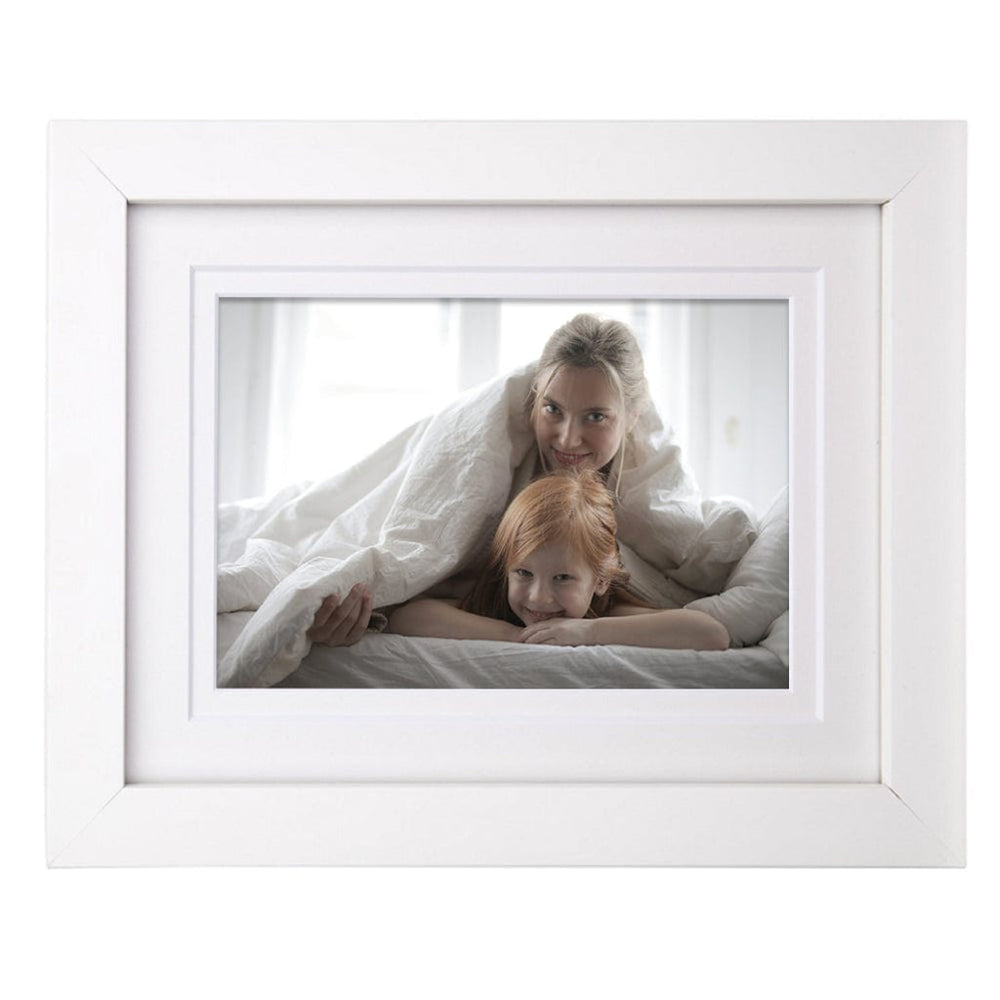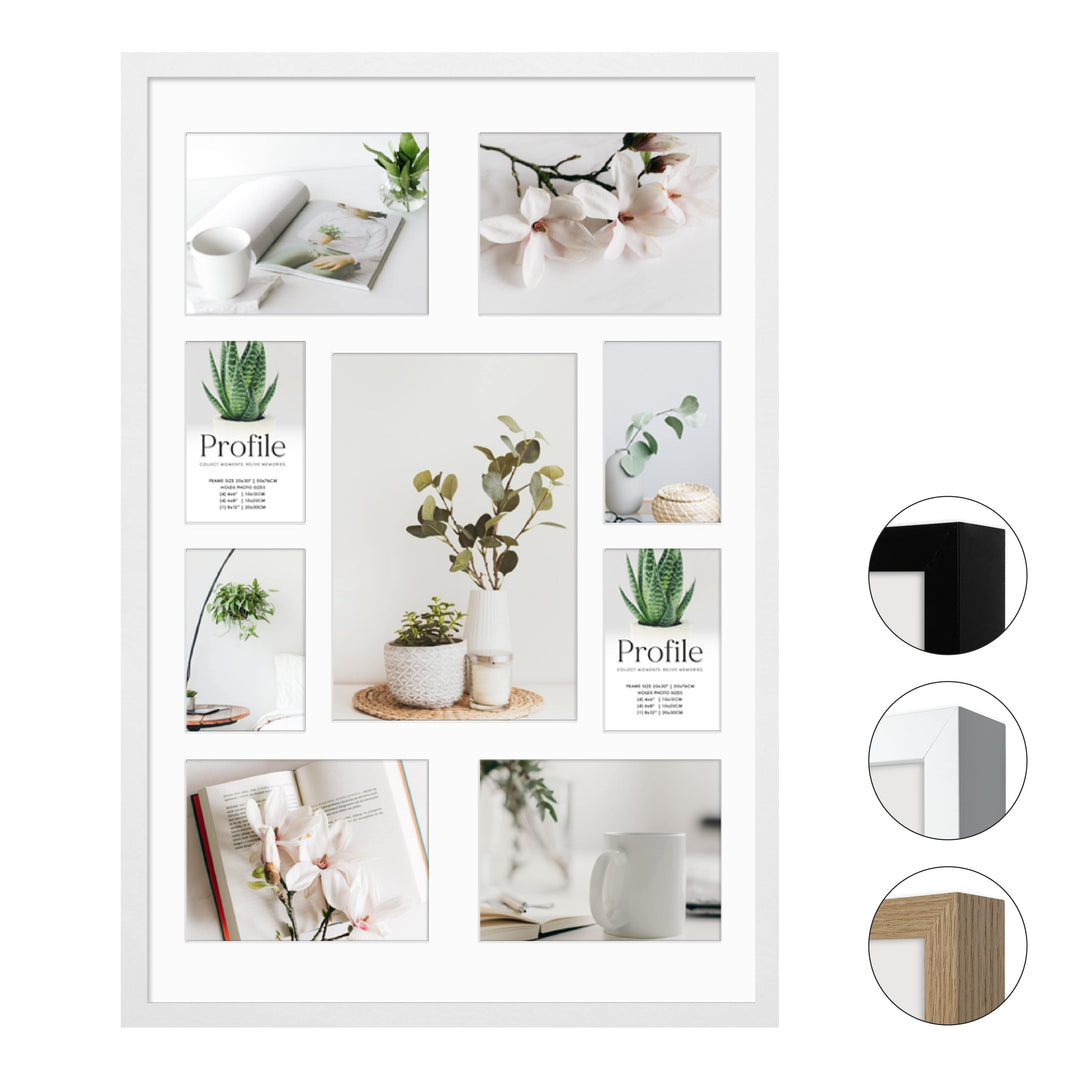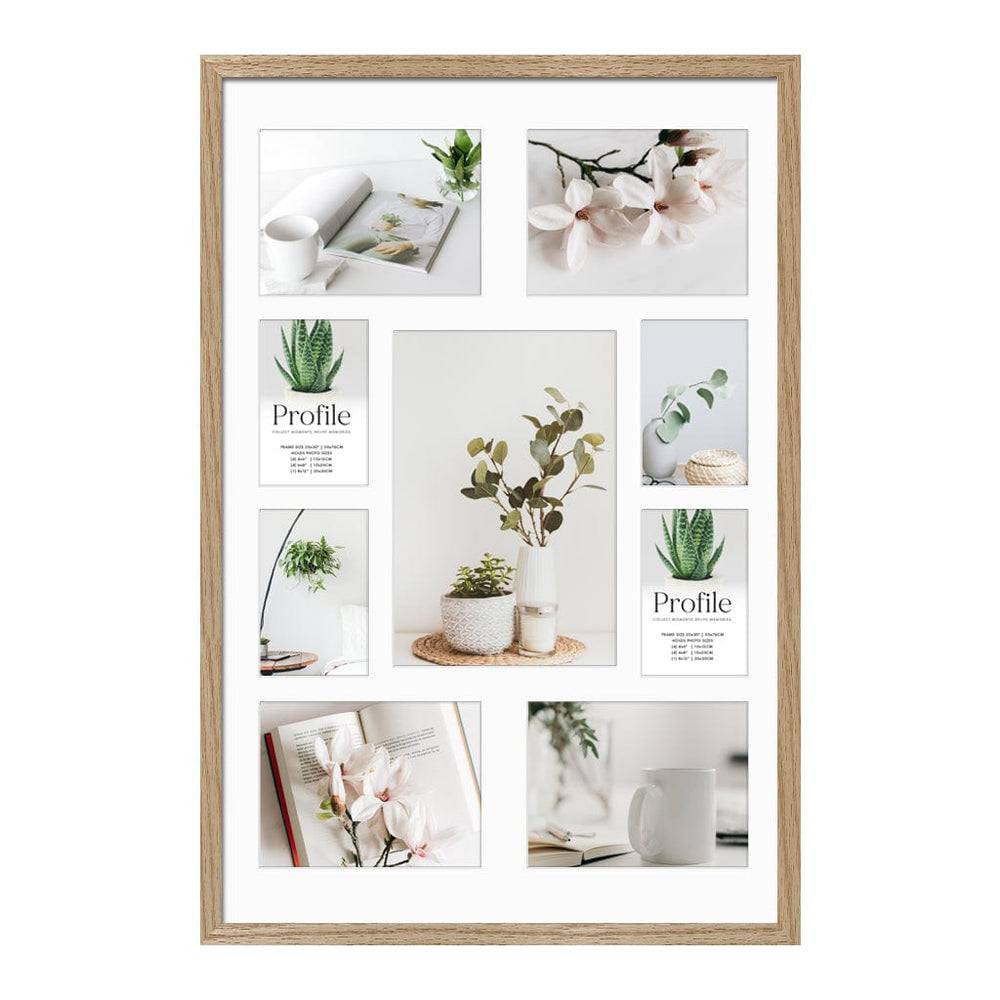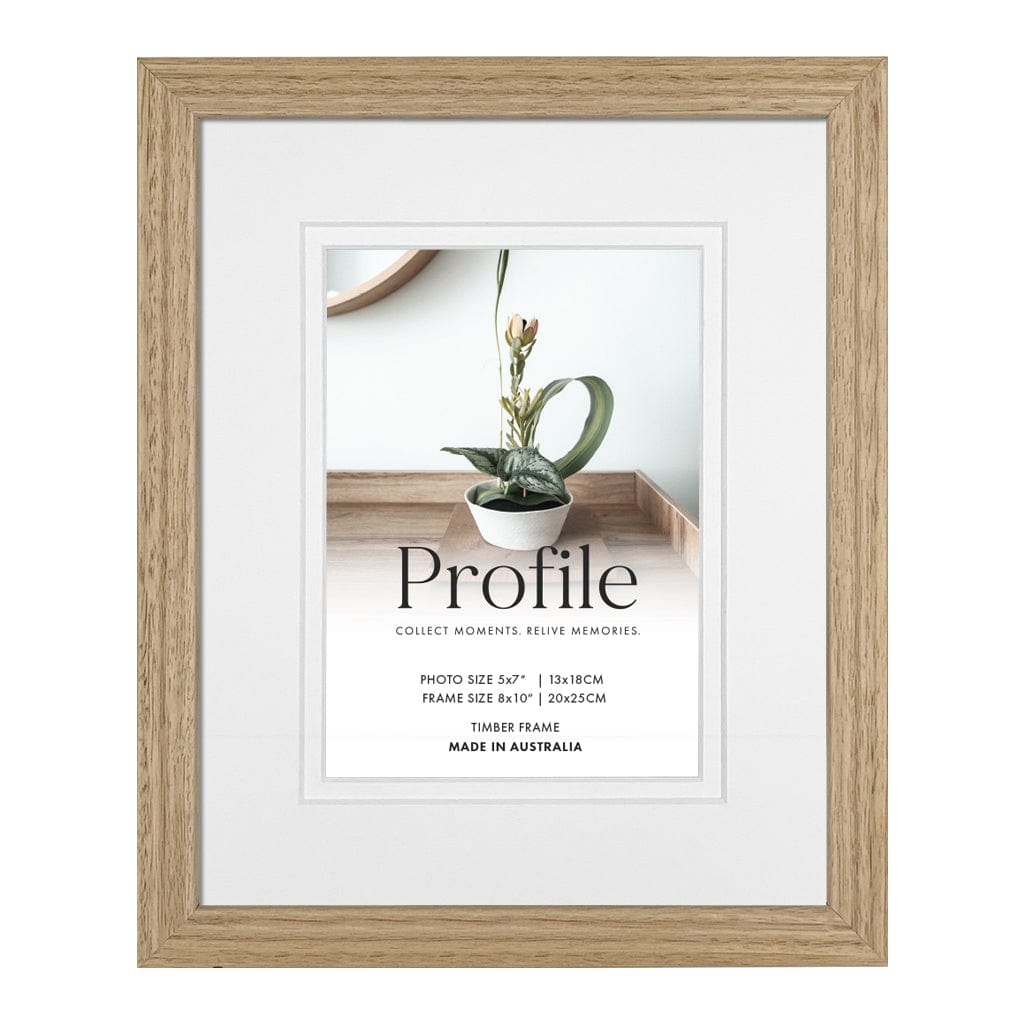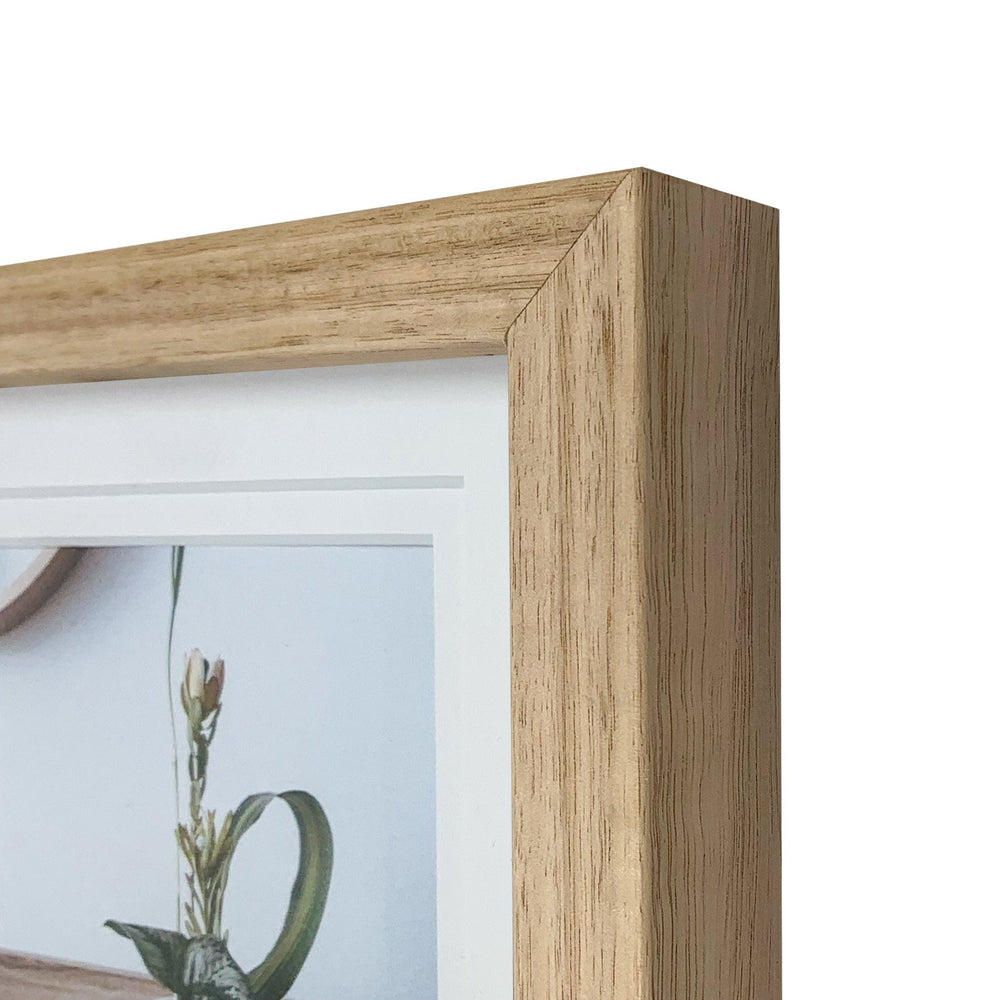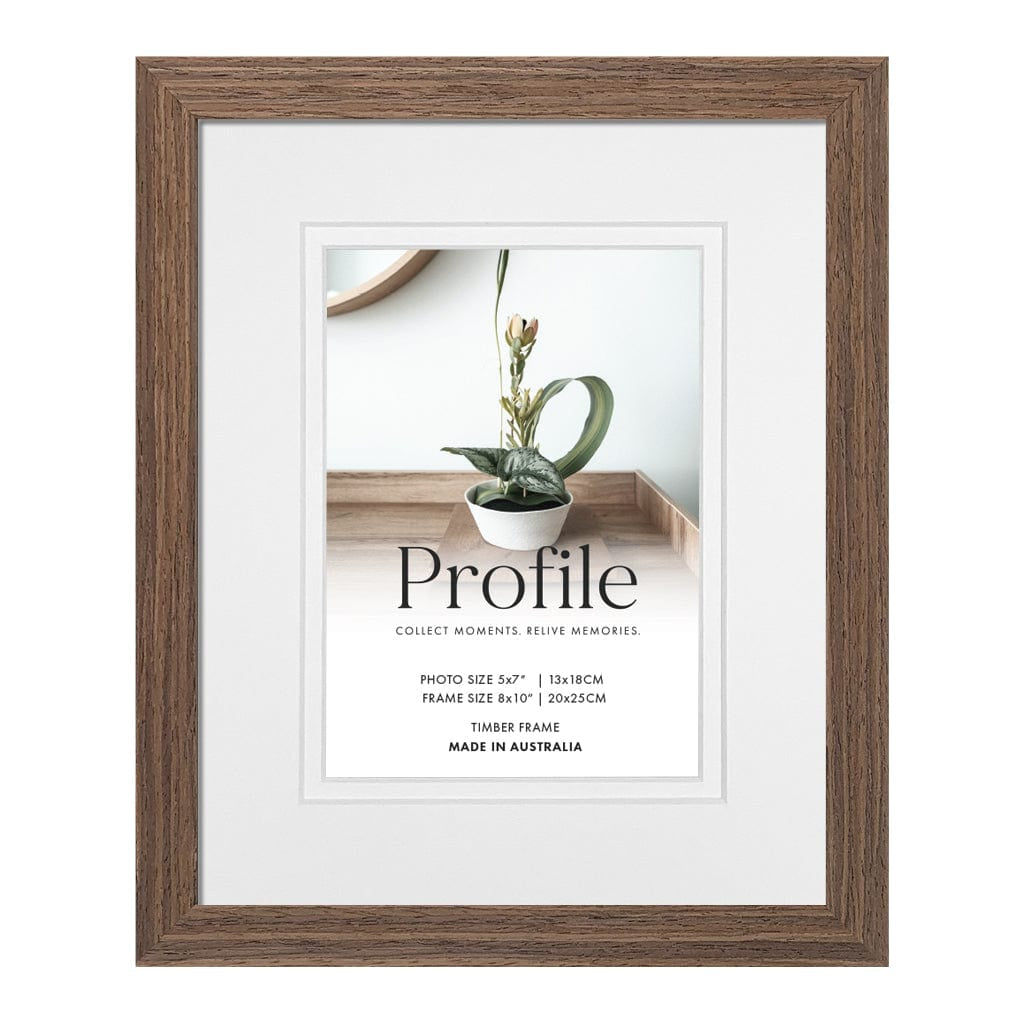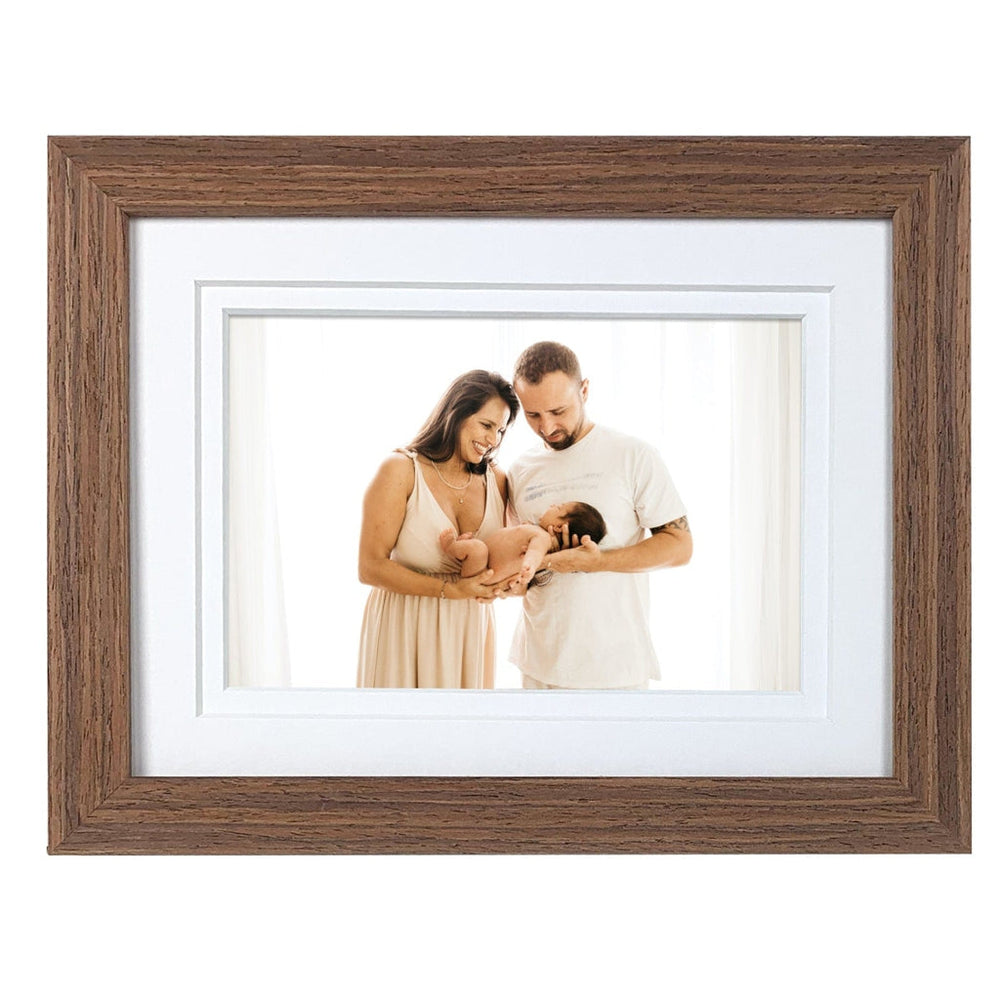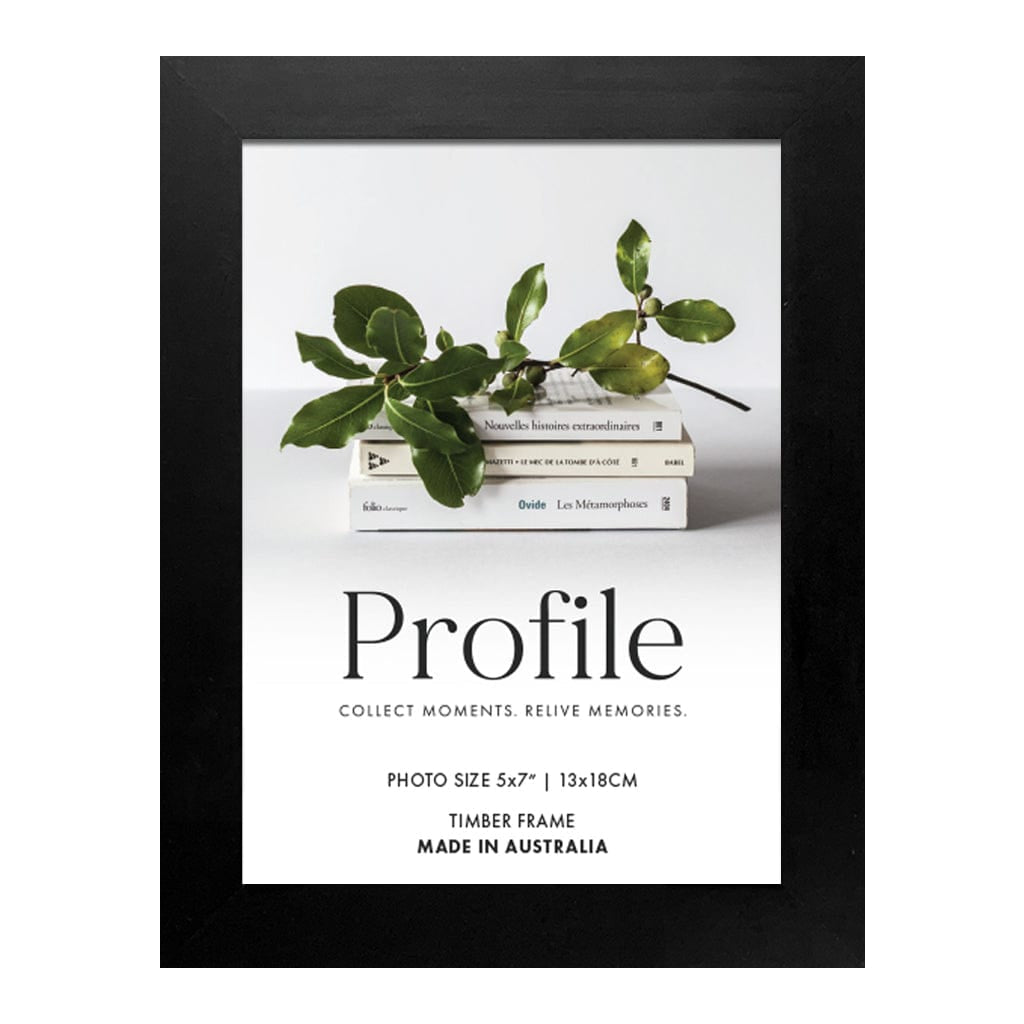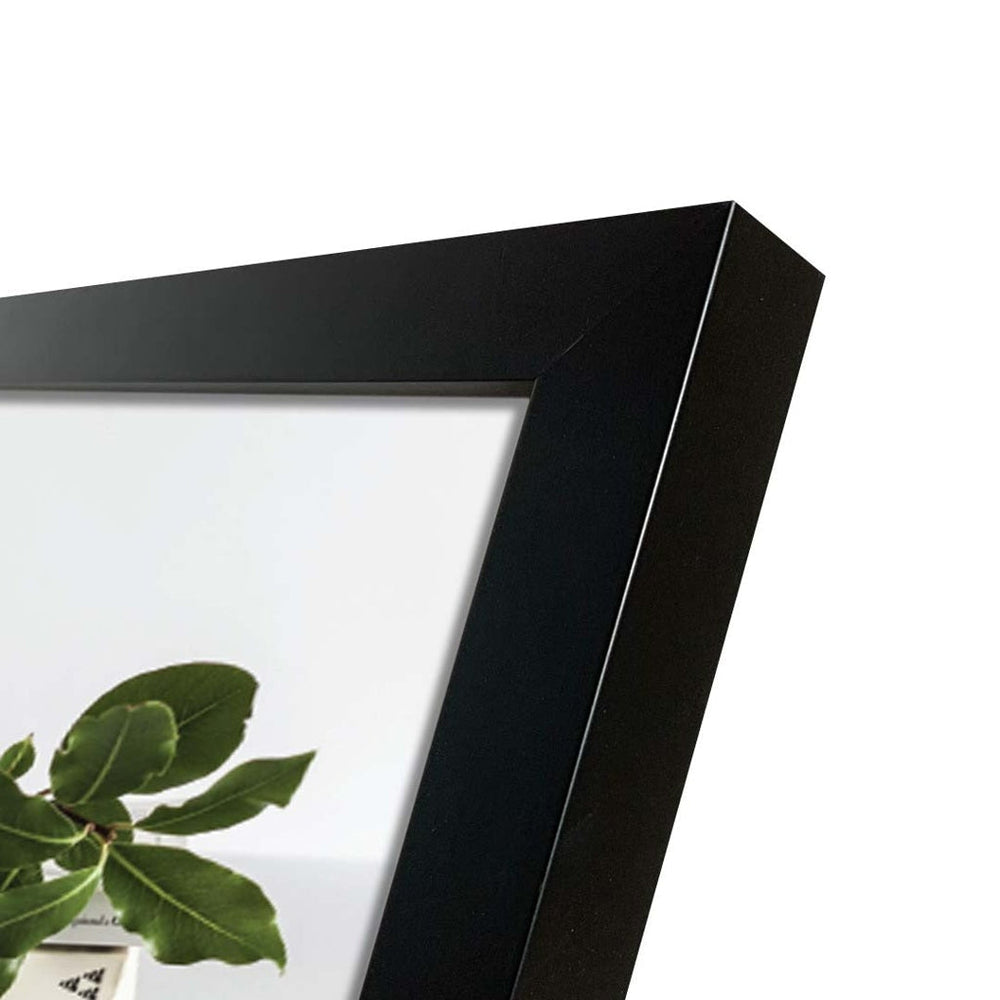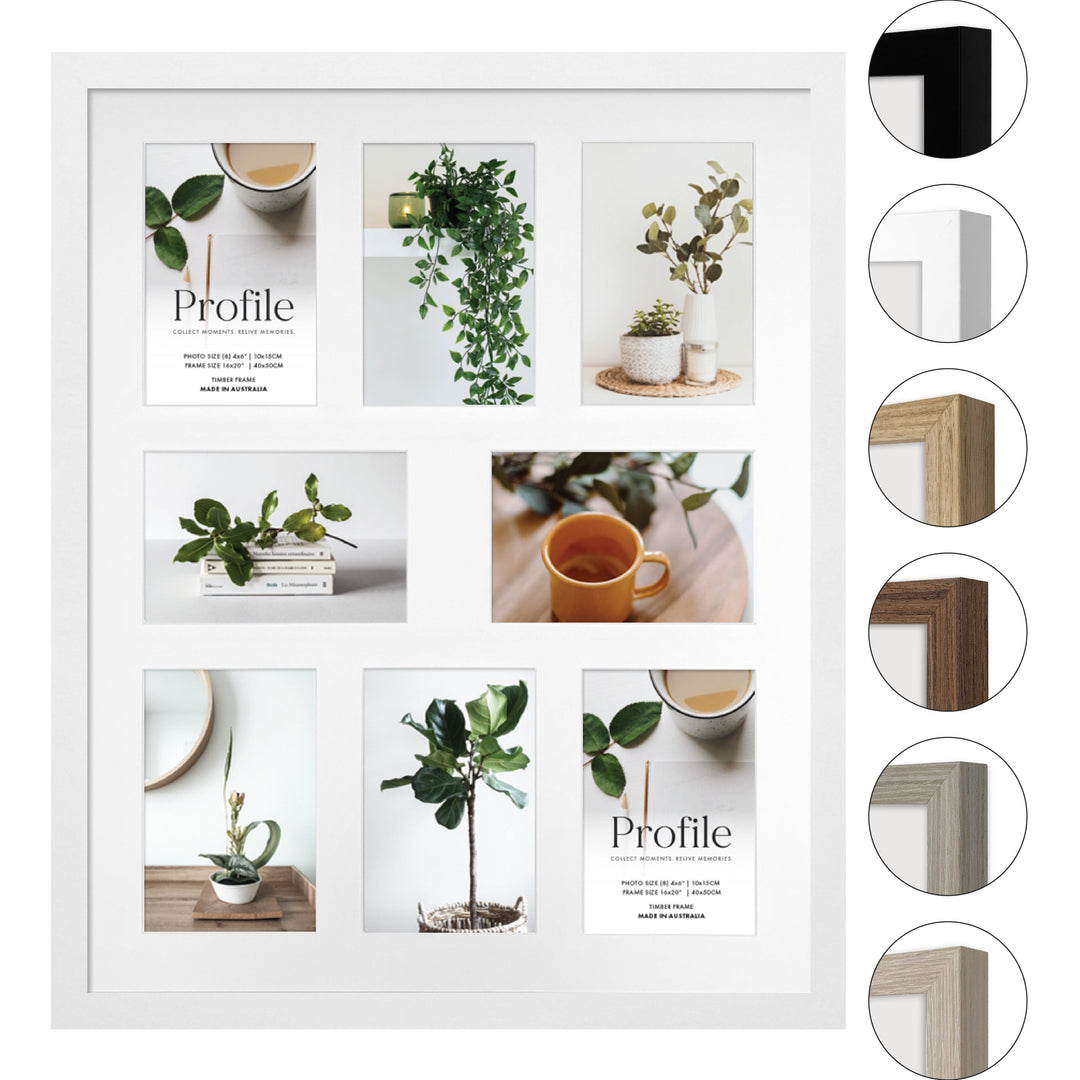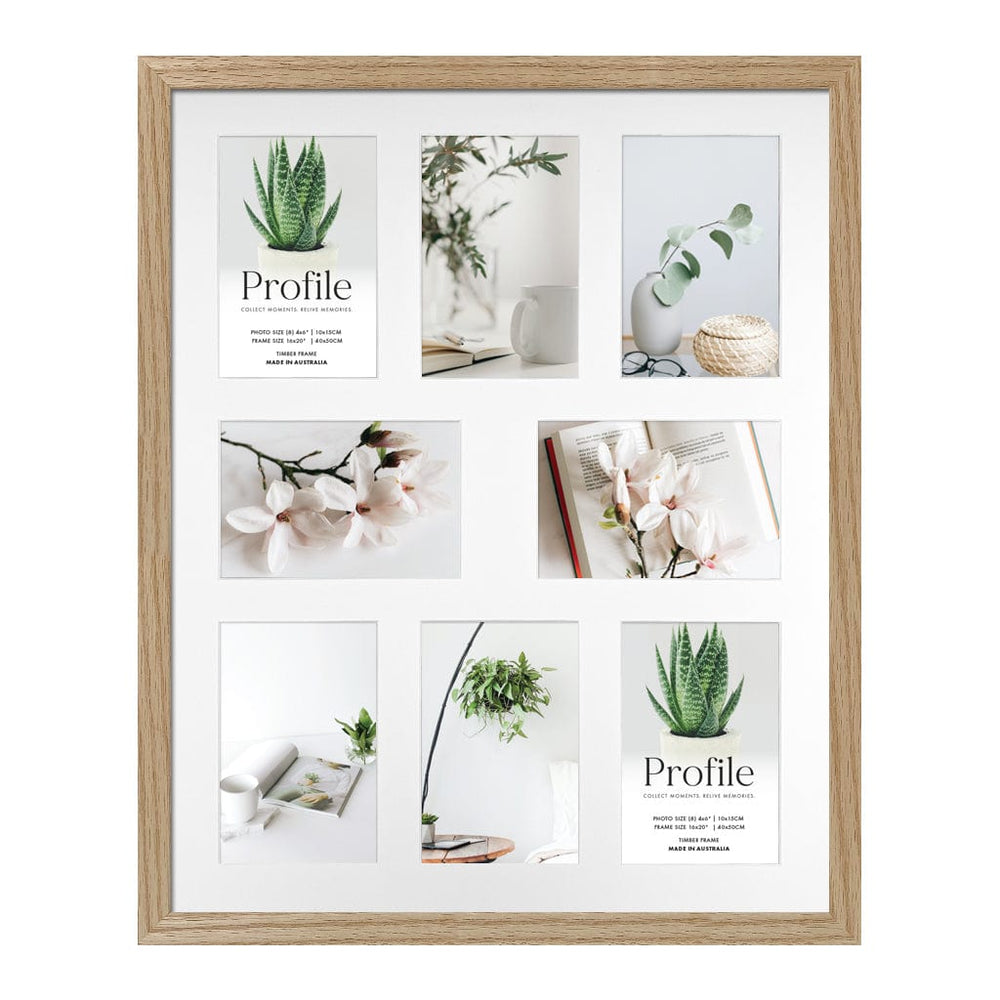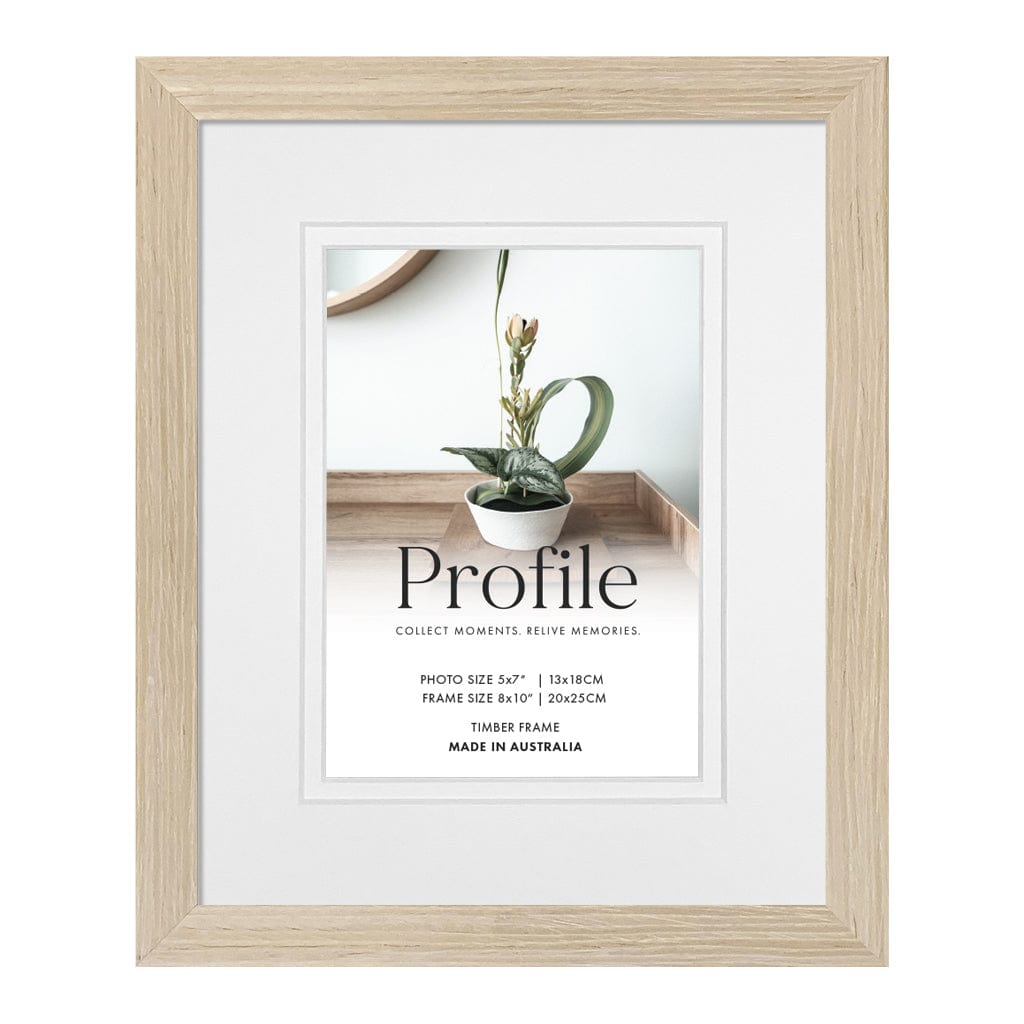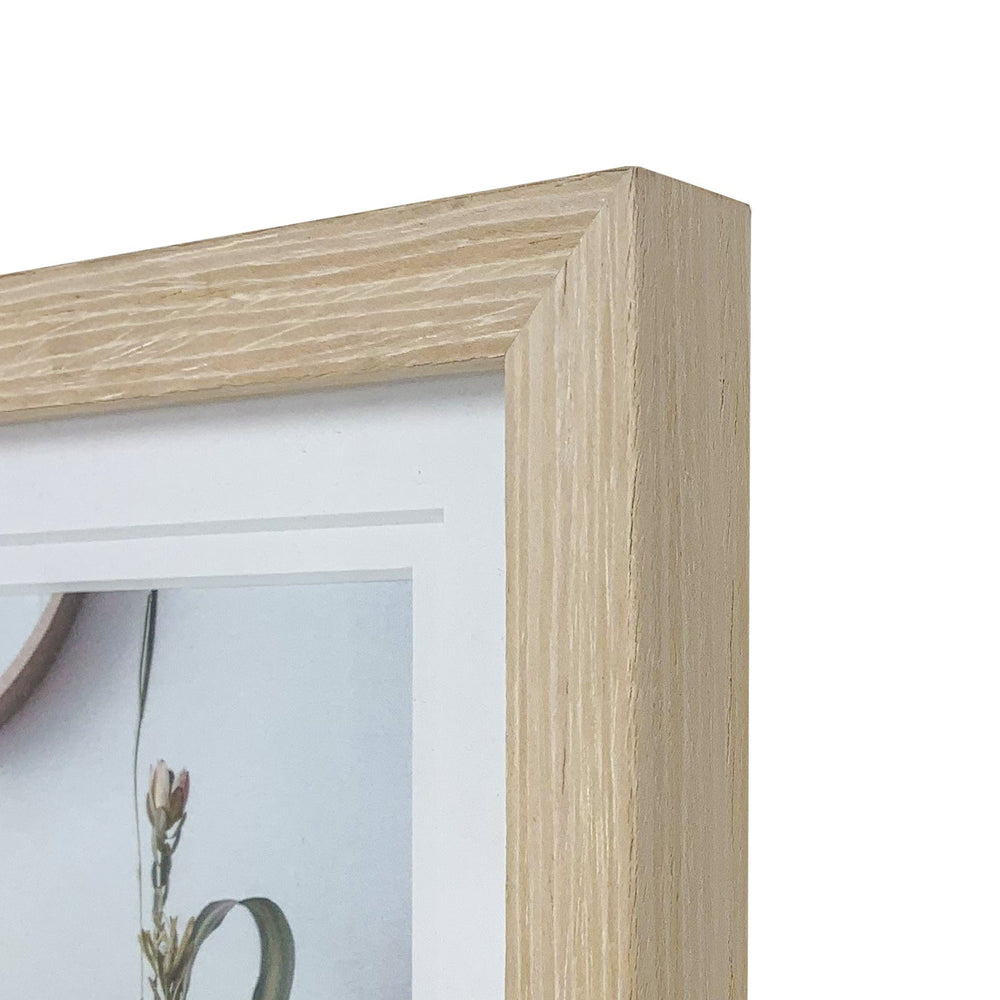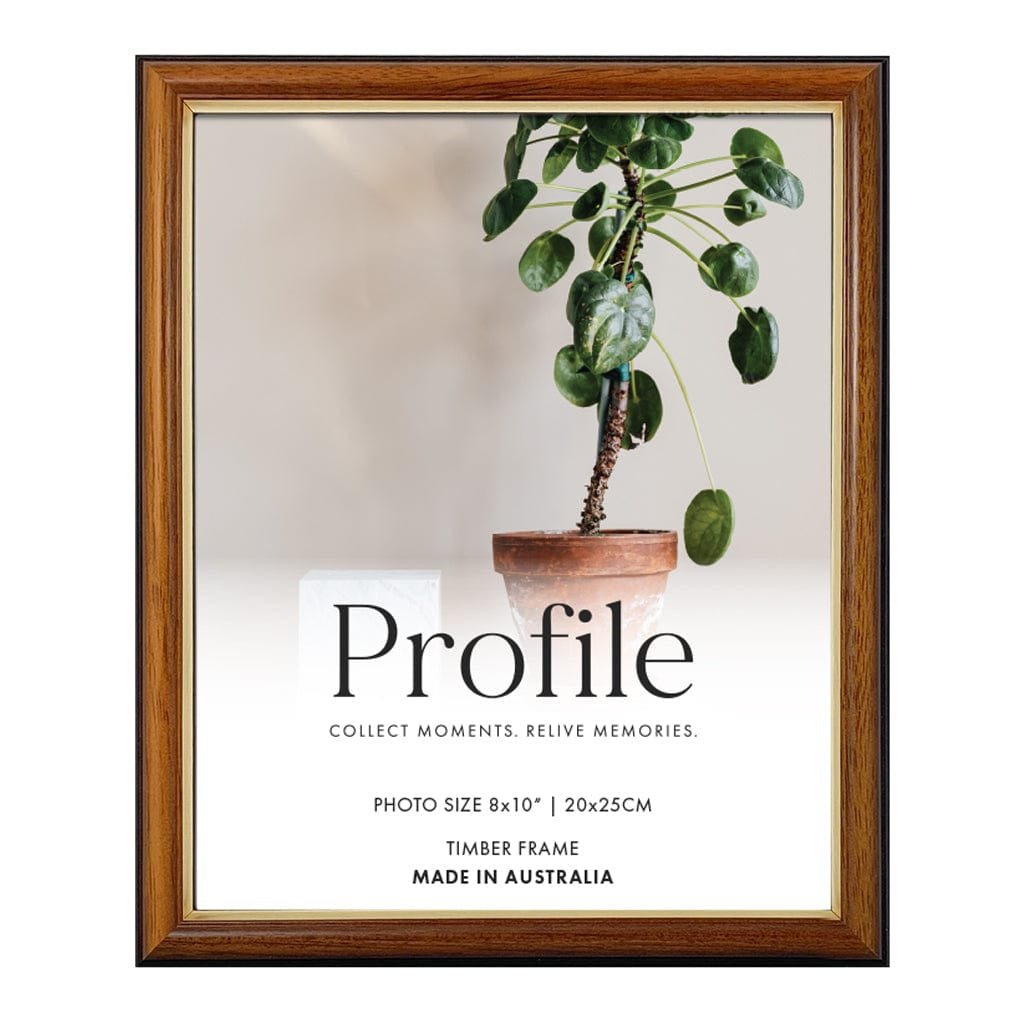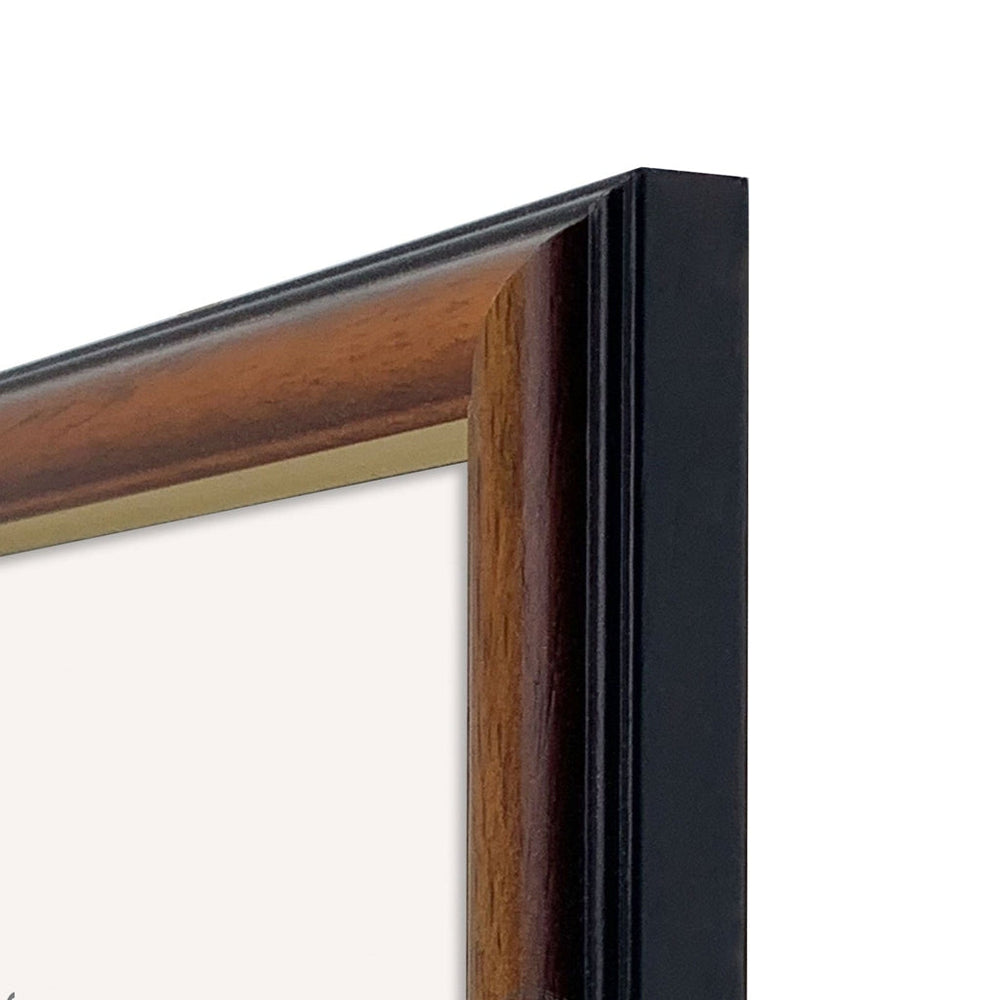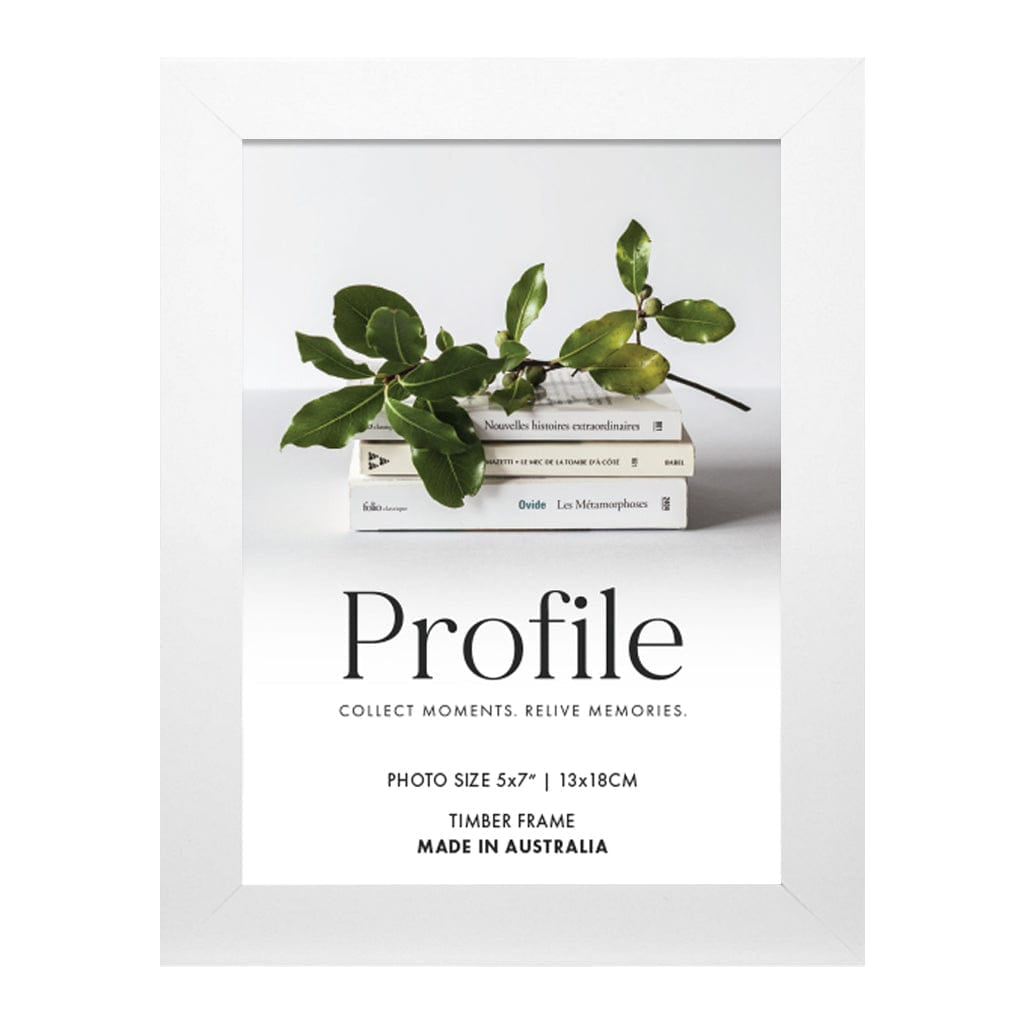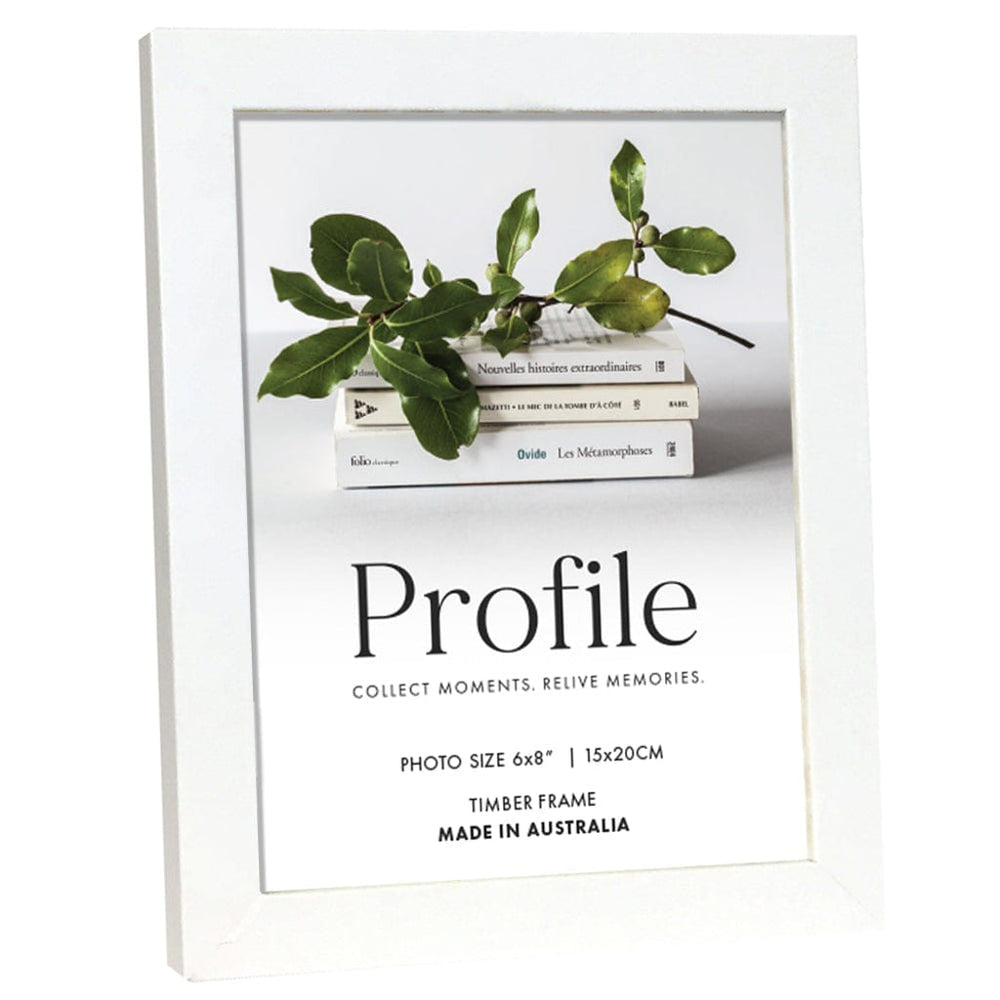Table of Contents
Have you ever found yourself staring at a crooked picture frame on your wall, feeling a sense of frustration and unease? The art of picture hanging on a wall may seem like a simple task but getting it right can make a world of difference in transforming the ambiance of a room.
From creating focal points to adding character and personality, choosing the perfect placement for picture frames is an art form that requires careful consideration.
In this picture hanging how to guide, we will delve into the secrets of achieving picture-perfect results when it comes to hanging frames in your living space. So, grab your tape measure, hammer and nails, because we are about to embark on an enlightening journey into the world of picture frame hanging placement!
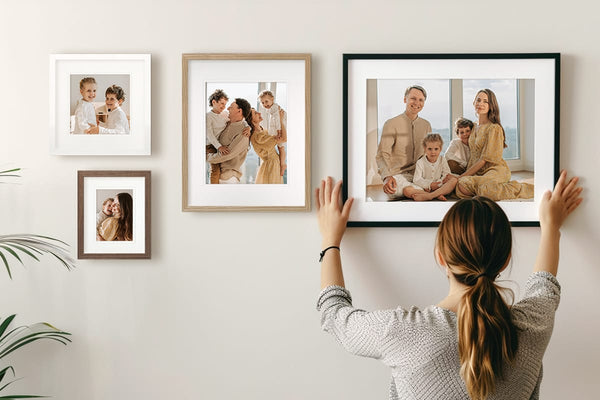
Picture frame importance in room aesthetics
Picture frames can be the finish touch that ties your entire decor together and elevate the aesthetics of your room.
Beyond serving as mere holders of your photos or artworks, picture frames can add style and personality to the space. For example, a sleek metal frame can add a minimal and contemporary feel while a natural timber frame can add a warm and organic touch to a room.
If you are wondering which type of frame fits best in your space, read our quick guide that lists and describe the different types and styles of frames you can choose from.
Picture frames can also be used as a focal point to draw attention and create visual interest. Or as an anchor point to add balance and harmony in the space. For these reasons, it can be important to strategically select the right size, style and placement of your frames.
Below, we have listed some tips to help you choose the right frame that reflects your personal style and enhances the atmosphere of your space.
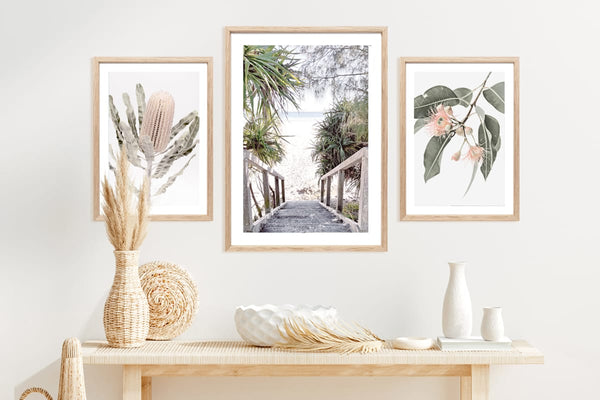
Choosing the perfect spot
When choosing the perfect spot for hanging your picture frame, there are a few things to consider.
Height - Firstly, your picture frame should be placed at a level that ensures comfortable visibility.
Surroundings - Pay attention to the elements that surround your picture frame and try find a well-balanced spot. If your frame is too close to the other elements it might be overwhelming. But if it is too, far it might be isolating.
Lighting - Another aspect to consider is the natural light. Avoid a spot where your frame is directly exposed to sunlight as it could cause colours to fade over time. Instead, choose a spot where your frame can receive diffused or indirect sunlight, preserving your artwork and its vibrant hues for longer.
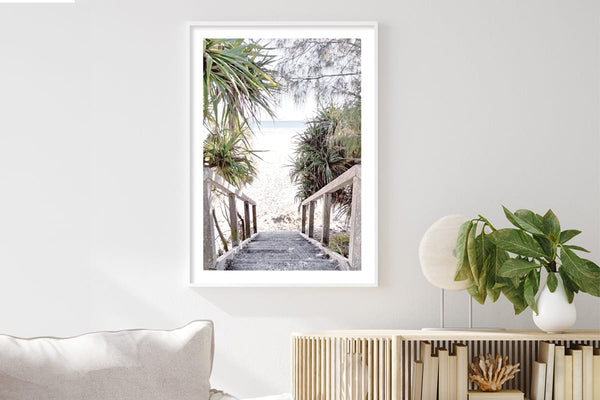
Choosing the right height to hang a frame?
A general rule that most people apply when choosing the right height for hanging a picture frame is the eye level rule. Hanging your picture frame around the eye level ensures the artwork can be appreciated without straining one's neck.
To follow the eye level rule, you should position the center of the frame around the eye level, typically around 145-152 cm (57-60 inches) above the floor.
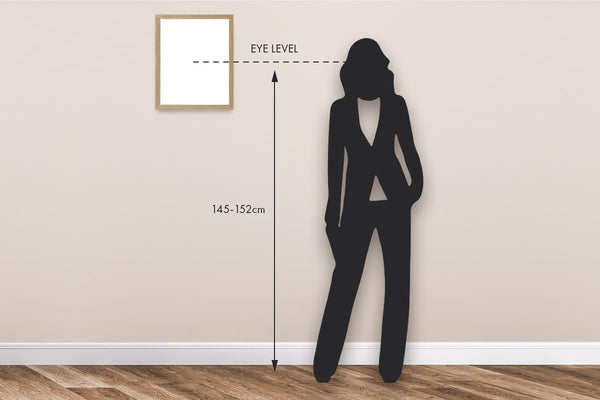
This rule applies to solo pieces like photo frames or poster frames. It can also apply to arrangements of multiple frames like gallery walls. For a multiple frame layout, find the midpoint of your overall arrangement.
When working with multiple frames or a complex arrangement is important to create a relationship between several pieces of art to create harmony and balance.
We recommend use the larger pieces as a center point to anchor the gallery and arrange the other pieces around it. We also recommend leaving a 5cm gap between frames.
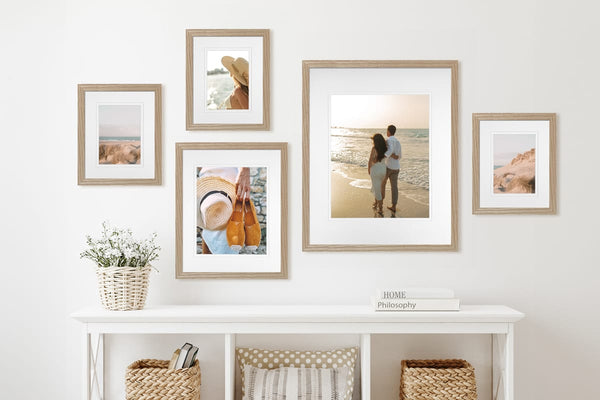
Another factor to consider is the overall aesthetic and purpose of your room. For example, bedrooms or offices where you are most of the time sitting or lying, allow for slightly lower placements. Hanging a frame below eye level may encourage a more intimate view experience and a cozy atmosphere.
Ultimately, you know your style best, and you will feel the most comfortable when your home decor reflects your personality. So feel free to play around, experiment and add a personal and unique touch to your space.

Hanging framed artwork above furniture
When it comes to hanging a picture frame above furniture, we recommend that the bottom of the frame is at least 20cm above the top of your sofa or at least 25cm above your bedhead to create a visual connection between the furniture and the picture frame.
However, if your furniture piece is very low, this method might position your frame below the eye level. If this is the case, then you could lift your framed picture a bit higher.
Another thing to consider is the size of your picture frame. Generally, your artwork should be one half or two thirds the size of the furniture piece.
You can create this look using one large piece of artwork to create a focal point and anchor the space. Or alternatively, you could also use smaller photo frames grouped together to create a cluster of visual interest.
What about rooms with high ceilings?
Some people are inclined to hang their frames at a higher point when the ceilings are high, however, you don't want people to strain their neck when viewing the artwork, so no matter how high the ceiling, the same eye level rule should be applied. Remember, following the eye level rule, you should hang your frame around 145-152 cm (57-60 inches) above the floor.
However, if you have high ceilings, you might want to consider creating a stacked arrangement of frames. Building a gallery display wall of framed artworks can be an easy way to fill-up empty walls while creating visual interest and adding personality into the space.
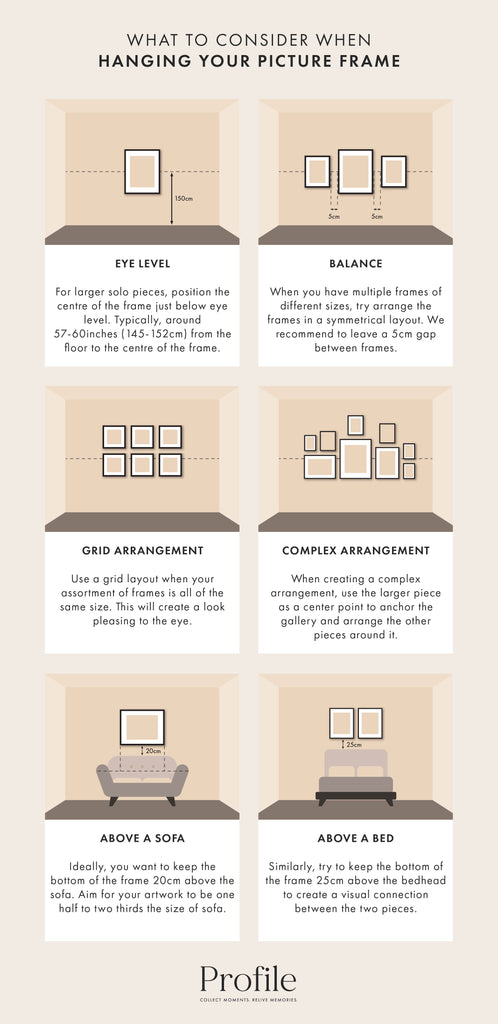
Choosing the right scale
When it comes to choosing the right size for a picture frame to perfectly fit your space, consider the proportions of the furniture and the room itself.
An easy rule to follow is the size of your frame should be about one half or two thirds the size of the furniture piece below it.
The larger the furniture, the larger the picture frame, and vice versa, the smaller the furniture the smaller the picture frame size. Large picture frames can overwhelm small-scale furniture, while small picture frames might get lost next to large pieces of furniture.
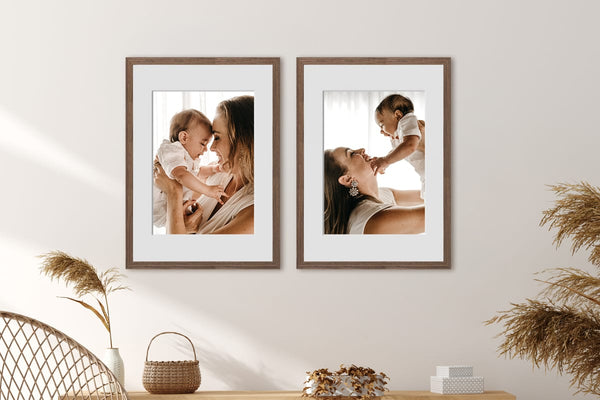
Ideally, large picture frames such as poster frames, should be placed at larger rooms with higher ceilings to create a statement wall. Similarly, small picture frames such as photo frames, should be place in smaller rooms with smaller ceilings, to create a cozy atmosphere. The key is to find balance.
Hanging frames along a staircase
Staircases are commonly overlooked for displaying framed art, because they are transition spaces. However, hanging frames along a staircase can instantly transform an otherwise mundane space, into a dynamic gallery where you can showcase your favourite collection of images and photos in an interesting way.
The keys when arranging picture frames along the staircase is to create a visual display that draws the eye upward and to maintain consistency in spacing between each frame. This ensures a cohesive and balanced look.
At Profile, we offer a selection of gallery photo wall frame sets that are specifically designed to elevate the aesthetic appeal of your stairway. This layout of picture frames creates a visual captivating journey that draws the eye upward and adds personality to a transitional space.
Frame hanging techniques
Hanging a picture frame on a wall can be intimidating. Measuring and marking is a crucial step to ensure proper alignment and harmony in the space. To start, use a tape measure determine where on your wall you would like to hang your picture frame. Once you have determined the desired placement of your picture frame, mark the location with a pencil or painter's tape.
One helpful idea is to cut large pieces of paper, such as warping paper or newspaper, to the same size as your picture frames. You can then stick these on your wall using masking tape first, to get a better idea of placement, before you start hanging.
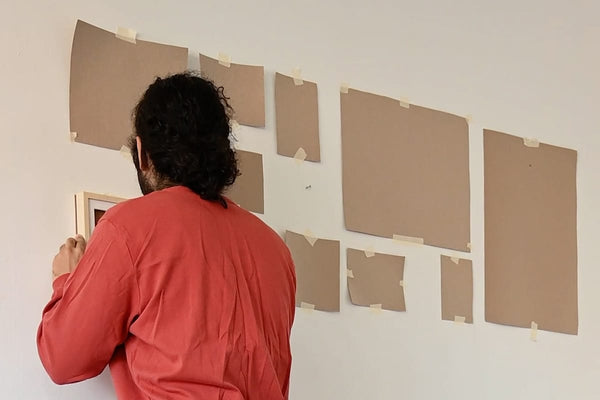
When hanging your picture frame, investing in proper tools and framing accessories can make a significant difference in alignment, stability and safety.
For example, there are handy tools, devices and hanging fittings commonly available from hardware stores, that are specifically designed for hanging picture frames securely and prevent accidents.
Taking your time in measuring and marking, and investing in proper tools, can make all the difference between a well-curated and balanced gallery wall or a chaotic and random display of frames.
For a more in-depth step-by-step guide, check our helpful article on this topic:
- Read our article - How to Hang a Photo Frame or Picture Frame on Your Wall
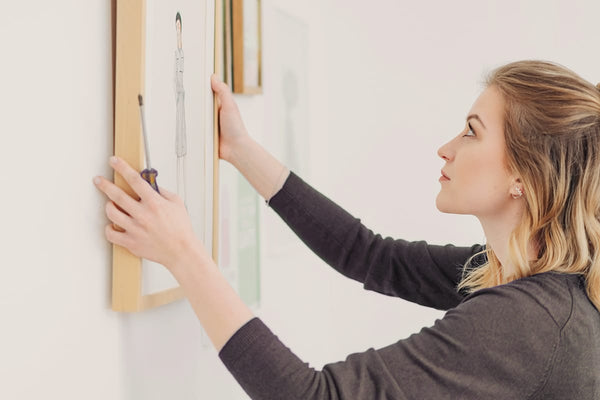

Grouping picture frames on your wall
Grouping picture frames and creating interesting layouts is a bit like building a fun puzzle. To find the perfect arrangement, we recommend laying out your photo frames on the floor and then play around with different sizes and orientations until you find a combination that suits you.
A general rule of thumb to achieve a cohesive look is to maintain a consistent spacing between frames. We recommend allowing a 5cm gap between each frame.
Creating arrangements with frames of the same size are best designed in a symmetrical grid.
Whereas incorporating different sizes can create a more dynamic arrangement. In these scenarios, we recommend that you centralise your largest sized frames as a center point to anchor the gallery, and then arrange smaller frames around it.
At Profile we offer a range of different gallery photo wall frame sets with different arrangements such as symmetric, square, split symmetry, mini salon and more. These are perfect to showcase a collection or an assortment of your favourite photos and prints while filling-up empty walls.
Avoiding common mistakes
One common mistake many people make when decorating their walls with picture frames is overcrowding. It can be tempting to fill every inch of empty space with artwork, but this can actually make the room feel cluttered and overwhelming.
Instead, embrace the concept of minimalism and leave some breathing room between your frames. This will not only create a more visually appealing display but also allow each piece to stand out and be appreciated on its own.
Another mistake to avoid is mismatched frames. While mixing different frame styles and sizes can create an eclectic look, it's important to maintain some level of cohesiveness.
To achieve a balanced and harmonious display, consider sticking to a consistent color palette or frame style throughout the arrangement. This will help tie everything together and create a more cohesive visual impact in the room.
So, next time you're hanging picture frames on your walls, remember that less can often be more in creating a polished and stylish display that truly enhances your space.
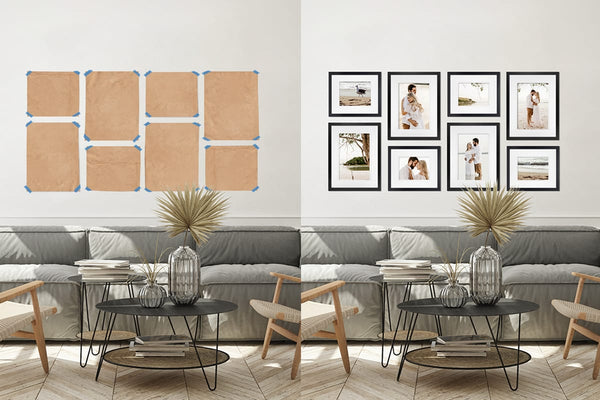
Tips to enhance the visual appeal of a room
To enhance the visual appeal of your room, it is important to consider not only the placement of your picture frames but also the balance and harmony they create within your space.
One effective tip is to mix and match different sizes and styles of frames to add depth and interest to your walls. Including a variety of frame colours can also help tie in different elements of your decor, creating a cohesive look throughout the room.
Be mindful of the spacing between each of your frames. Experimenting with different distances can create a sense of movement and flow on your walls.
Additionally, incorporating unique hanging techniques like creating a gallery wall or using floating shelves can give your room an added dimension while showcasing your personal style.
By implementing these tips, you can transform your room into a visually captivating space that reflects your individuality and taste.
Happy Hanging!
Helpful Picture Hanging Space Distance Calculator
This is our helpful Picture Frame Hanging Space Distance Calculator, that calculates the spacing distances between different sized picture frames to be hung on a wall.
Step 1: Wall Dimensions
Enter the dimensions of your wall space
Step 2: Frame Dimensions
Enter the dimensions for each frame
Frame 1
Step 3: Frame Arrangement Spacing
View calculated spacing between frames
Shop Australia's Best Range of Picture Frames Online with Profile
Explore the complete range of Australian made picture frames from Profile. Whether you're looking for wooden frames, poster frames, black frames, metal frames, or even specialty frames like shadow-box frames, Profile offers a complete range of picture framing solutions in all types of shapes, styles and sizes.

All Profile picture frames are proudly made in Australia using eco-sustainable plantation timbers and include a lifetime guarantee.




